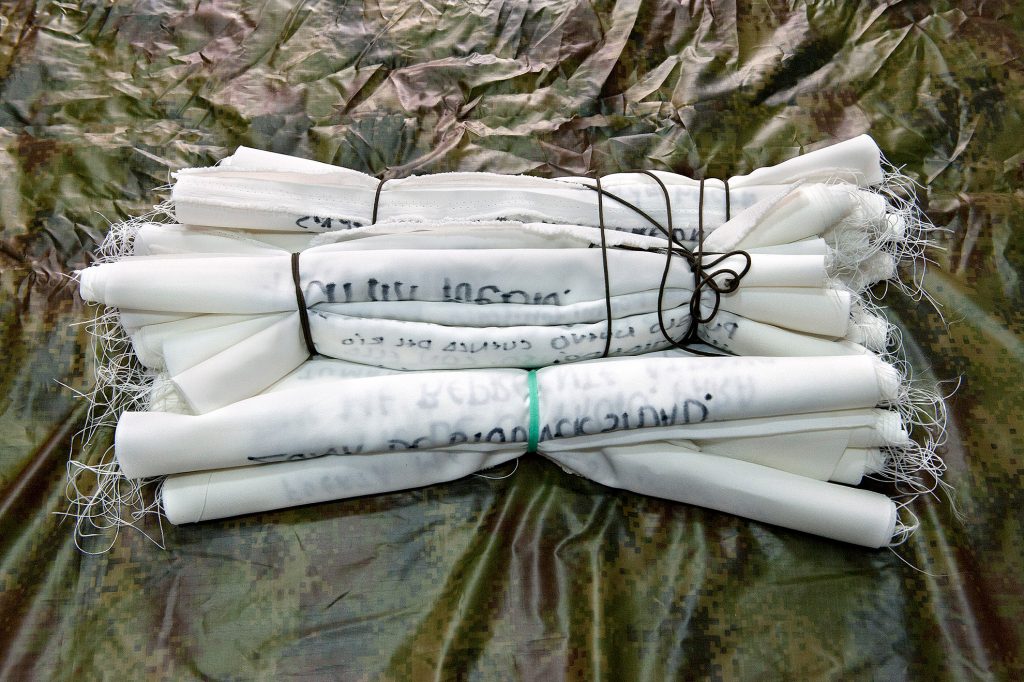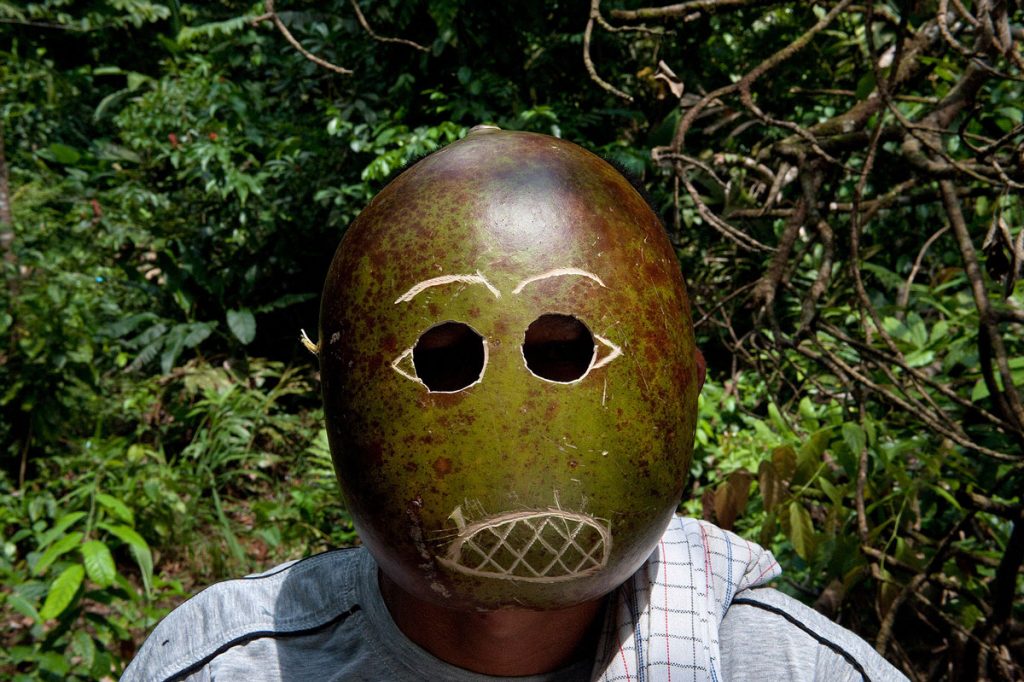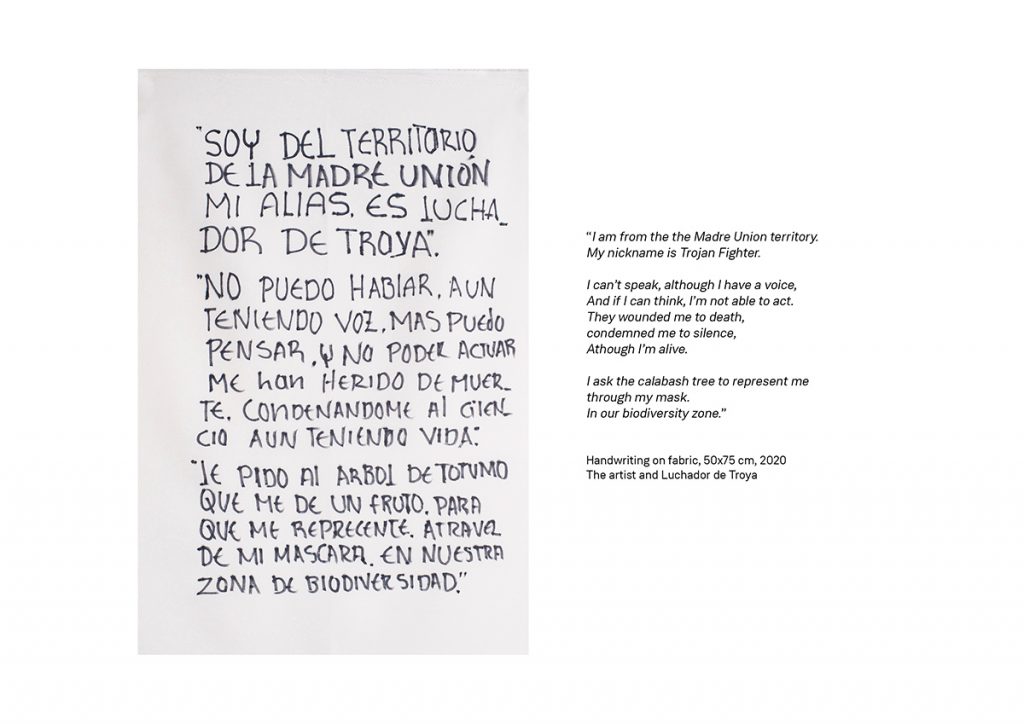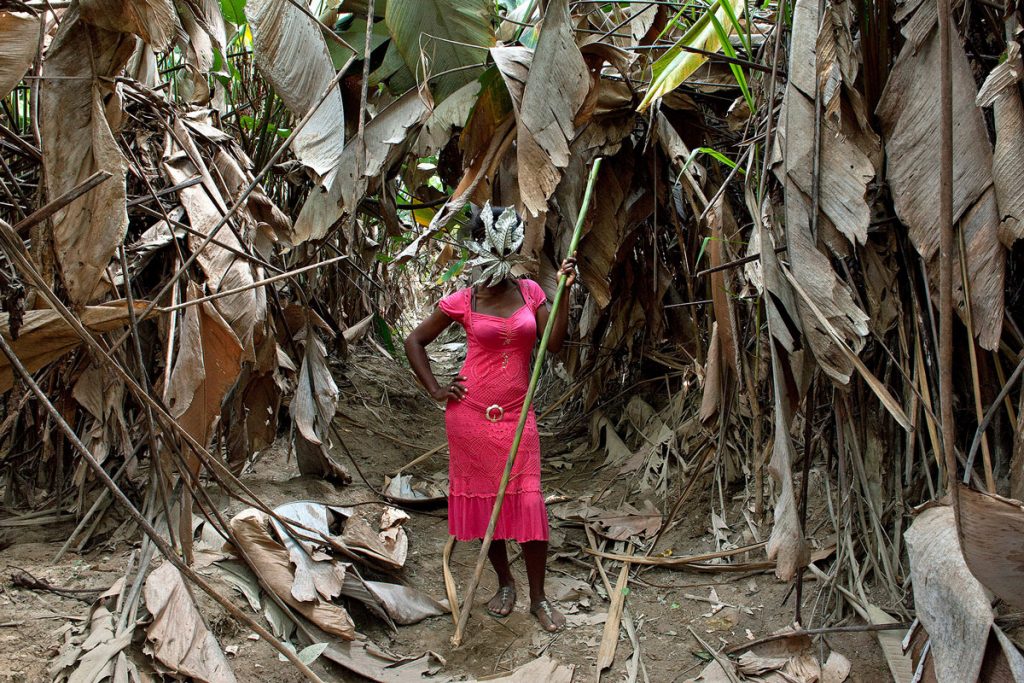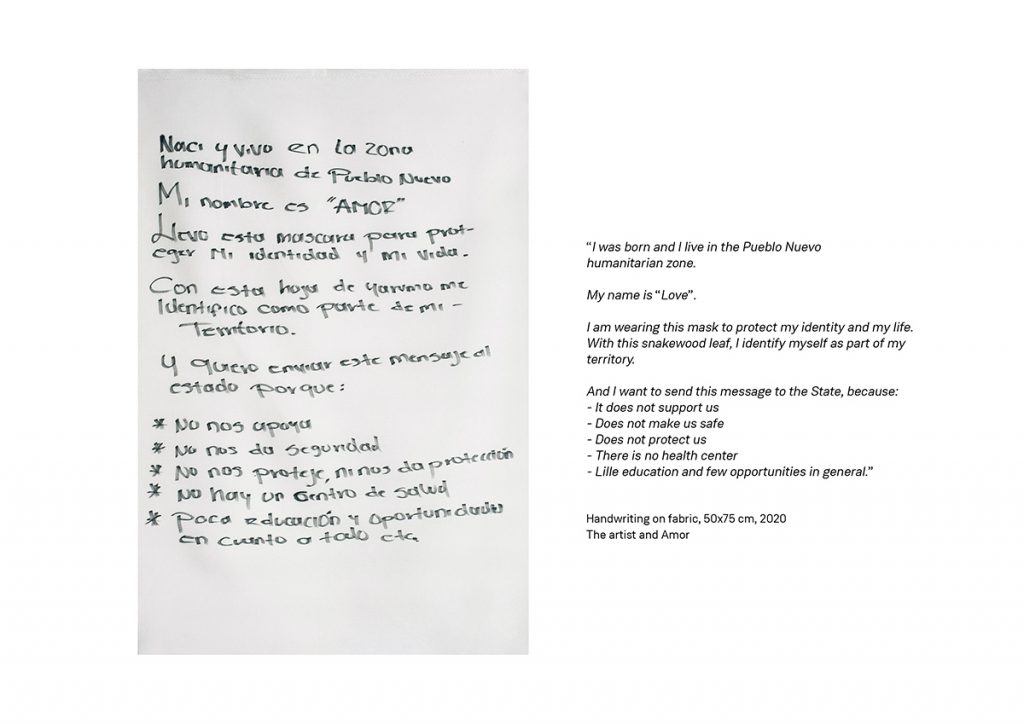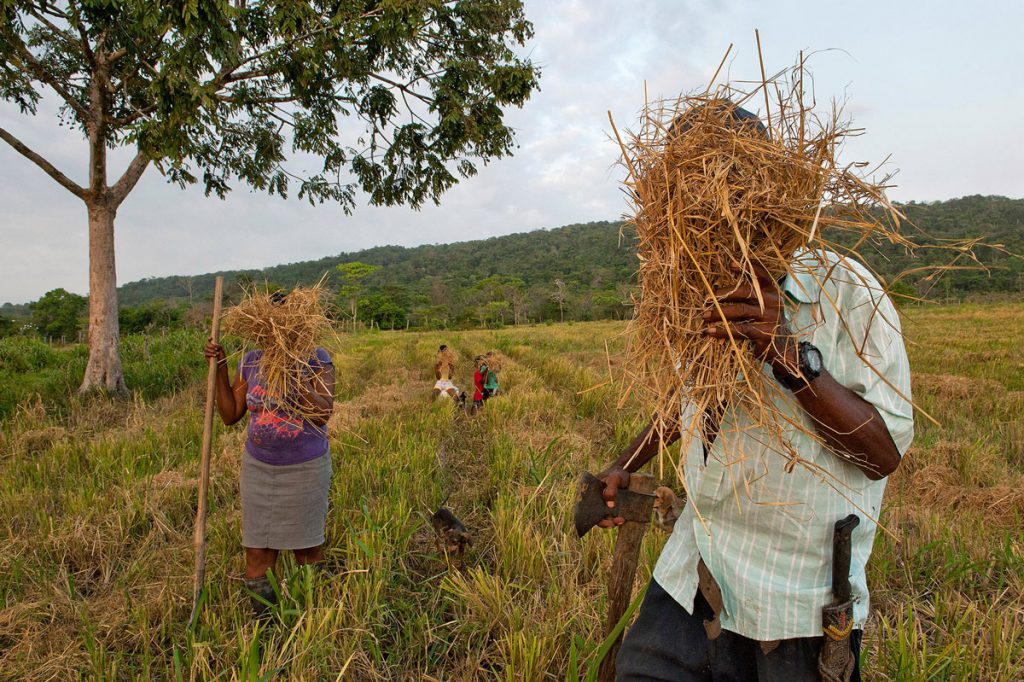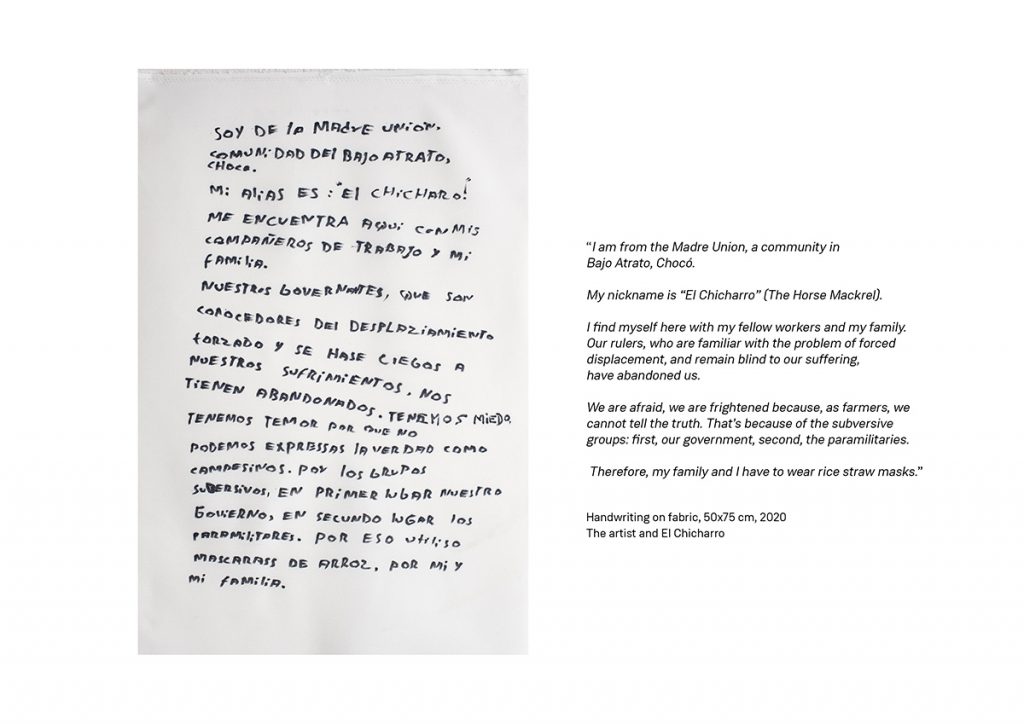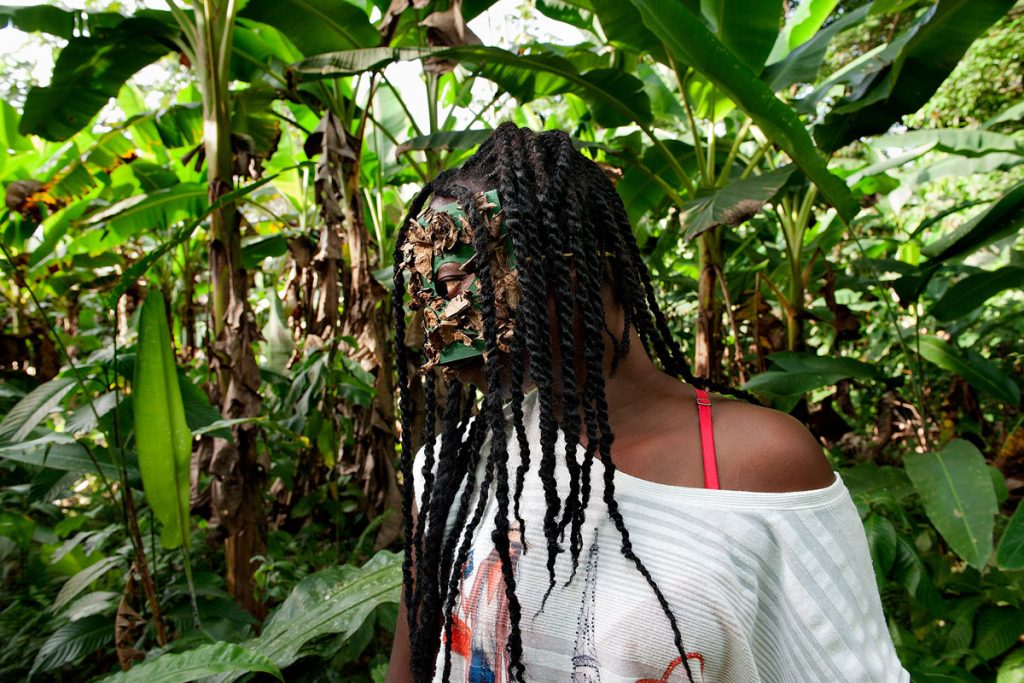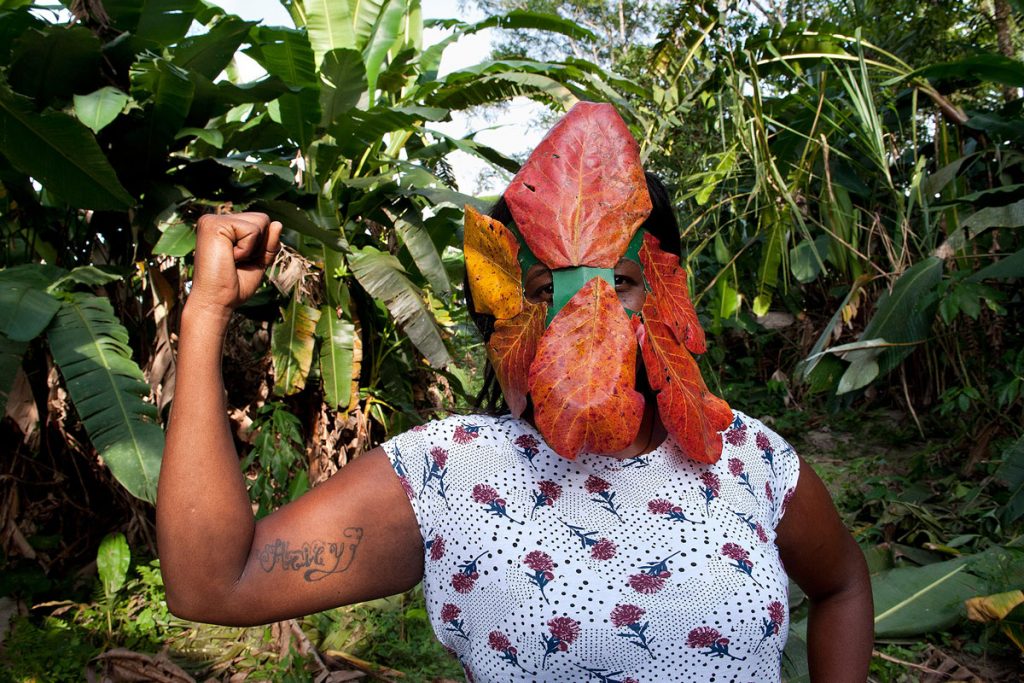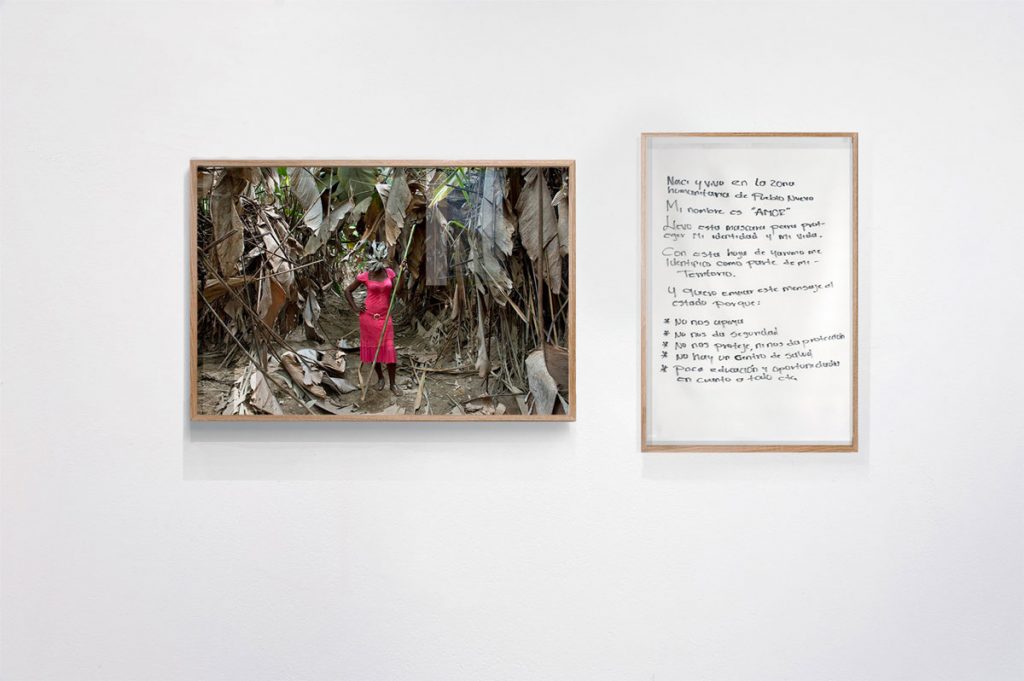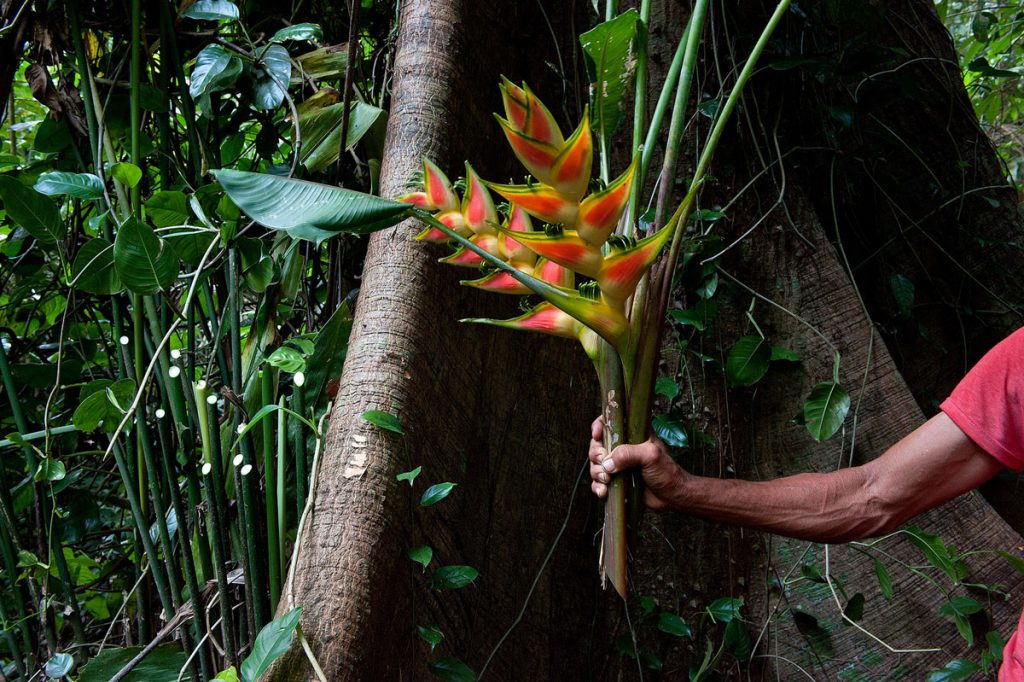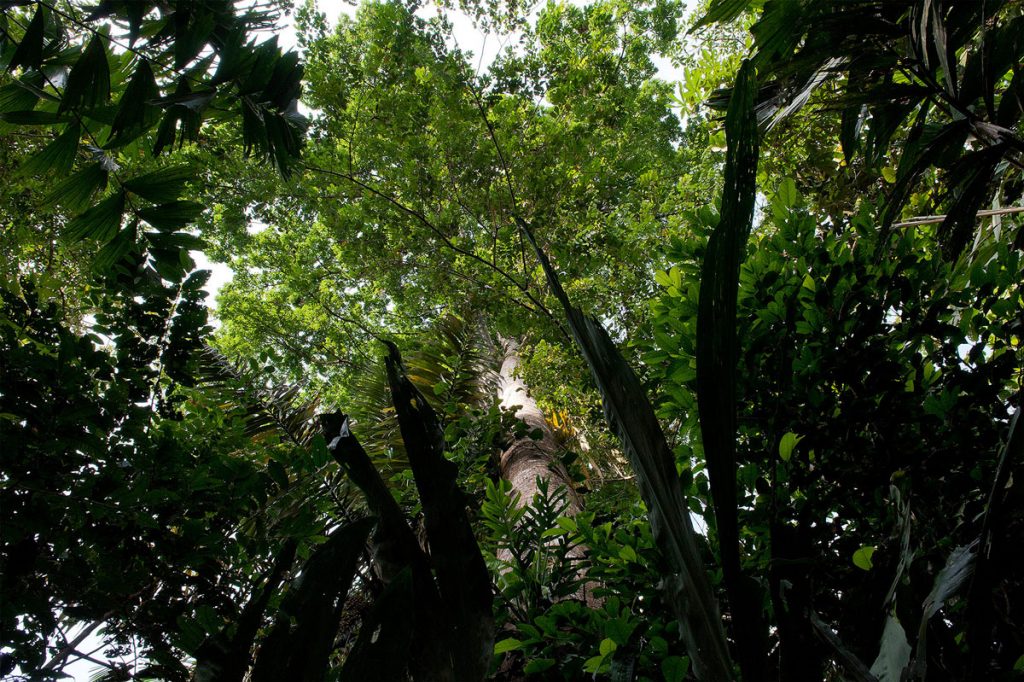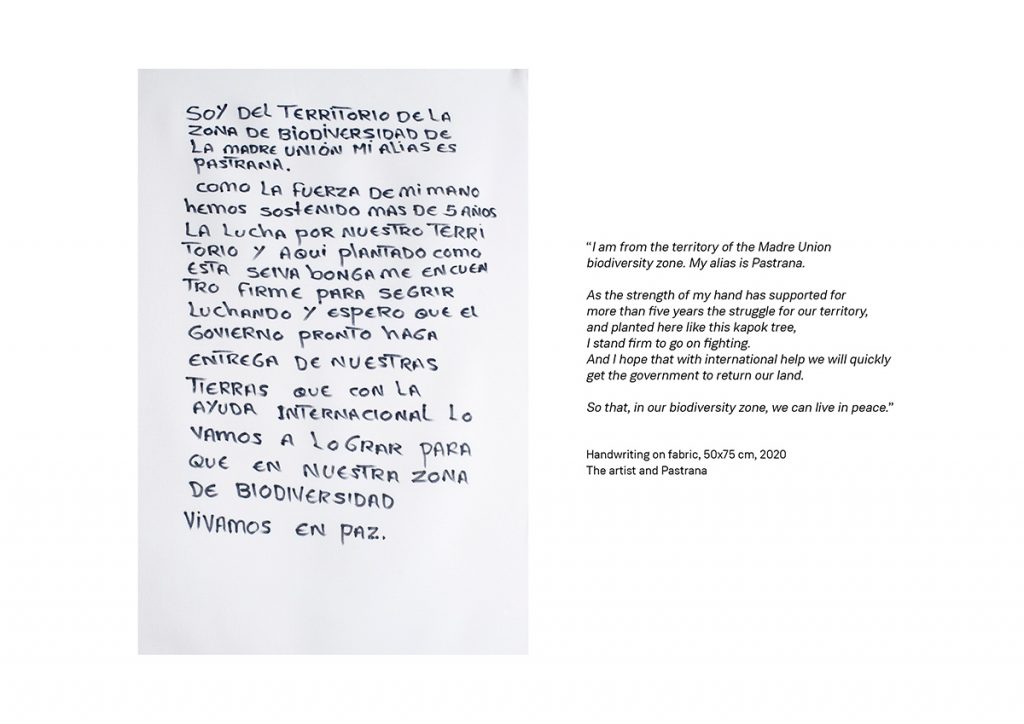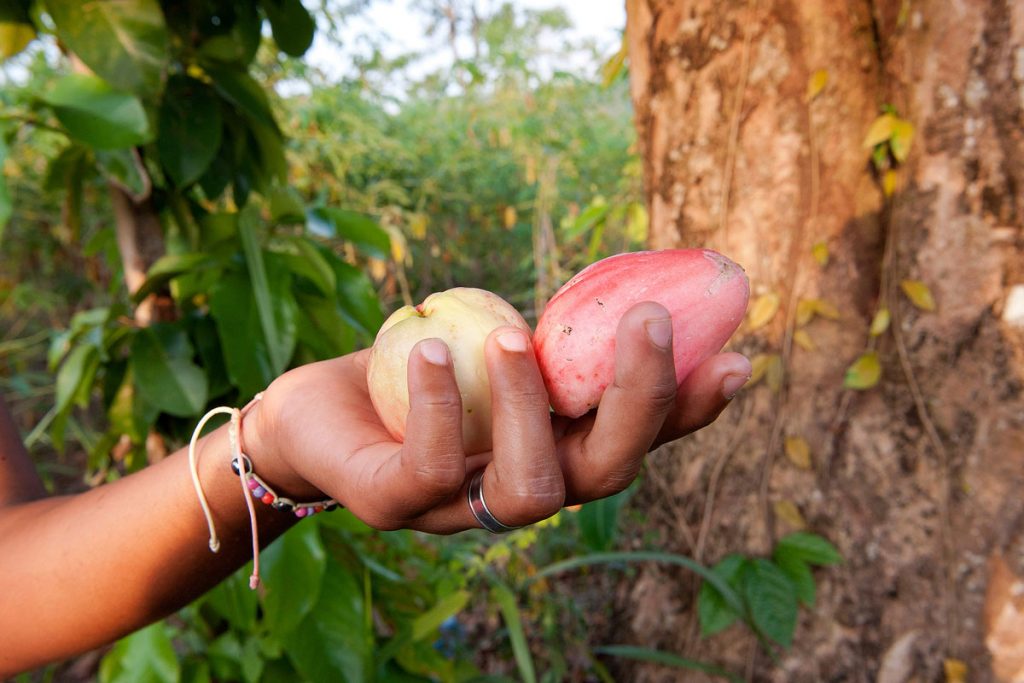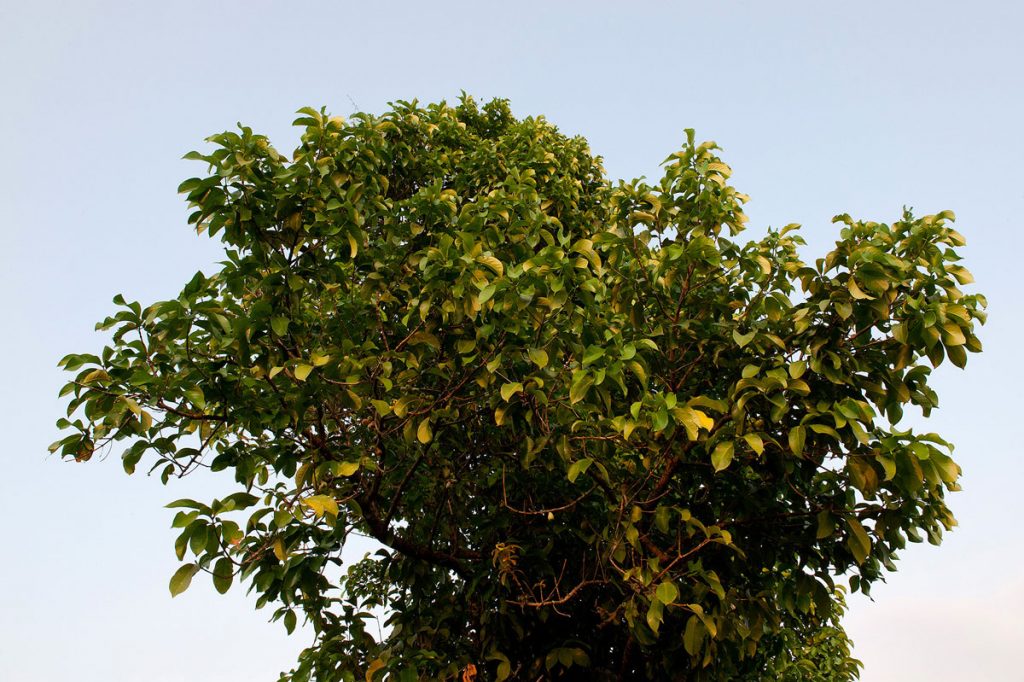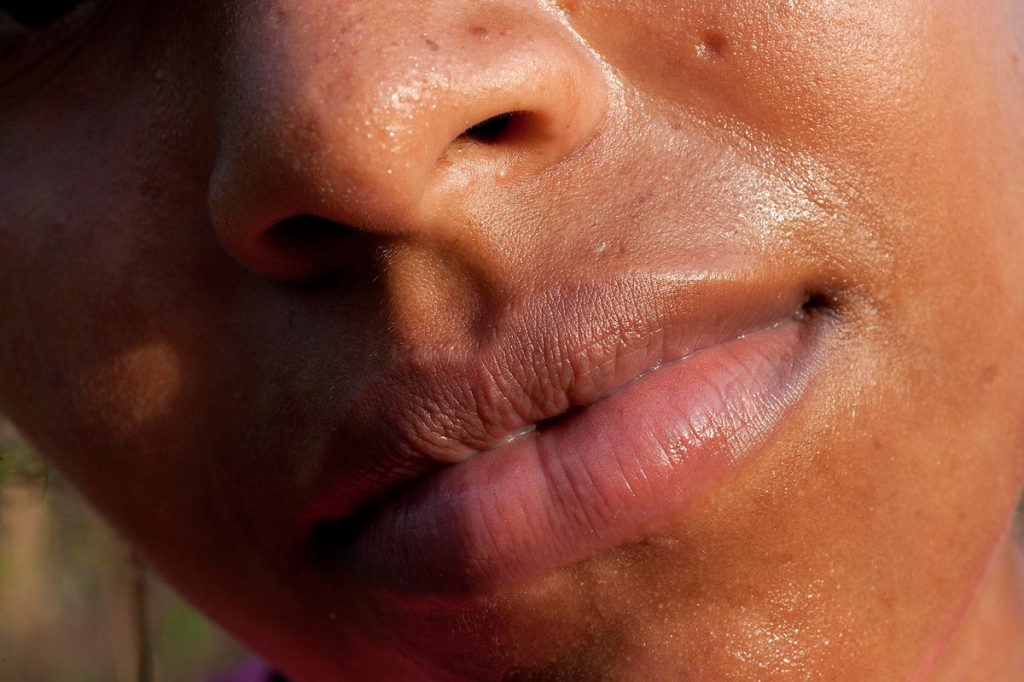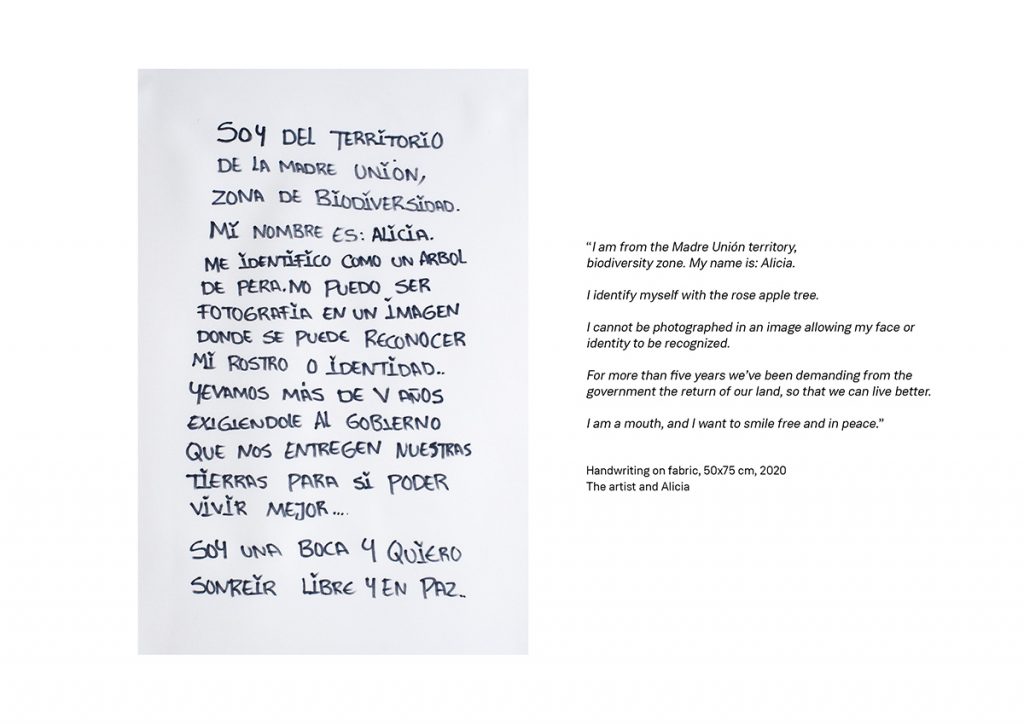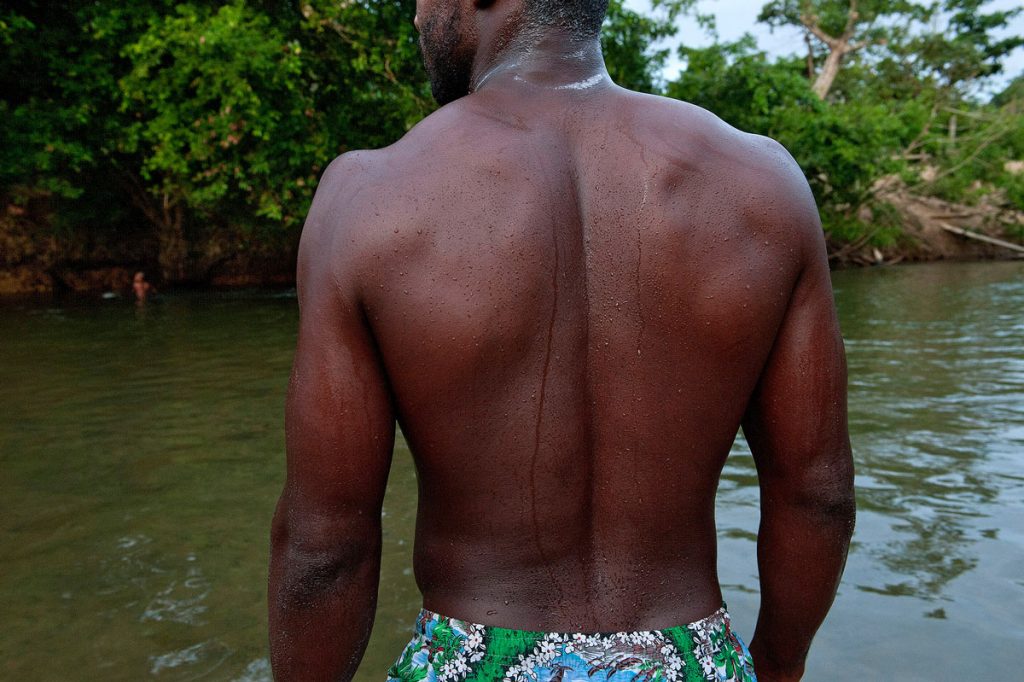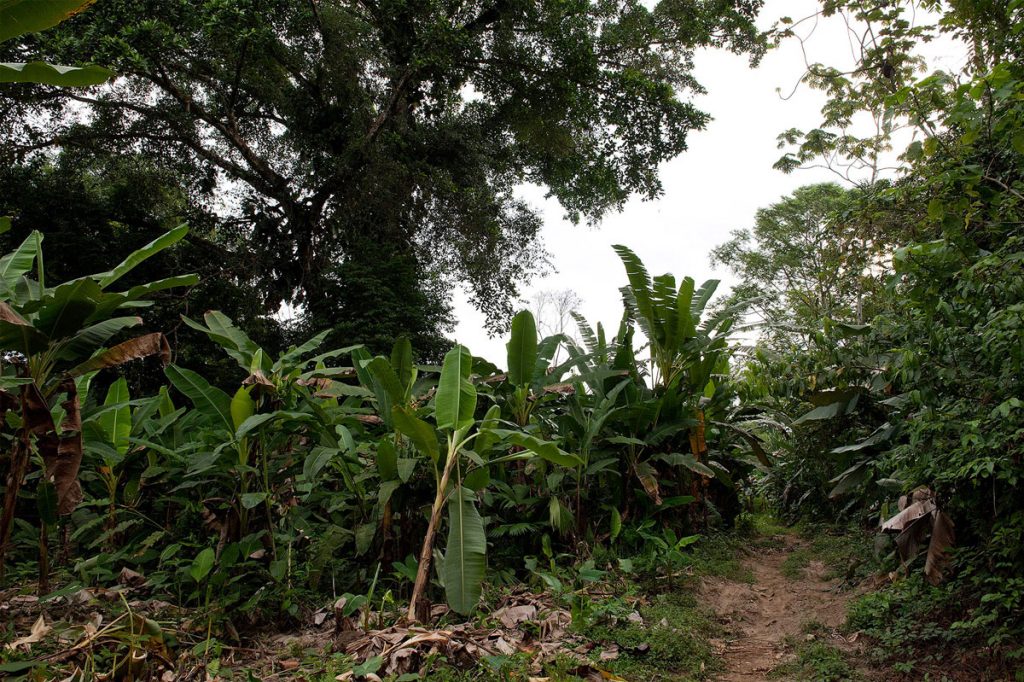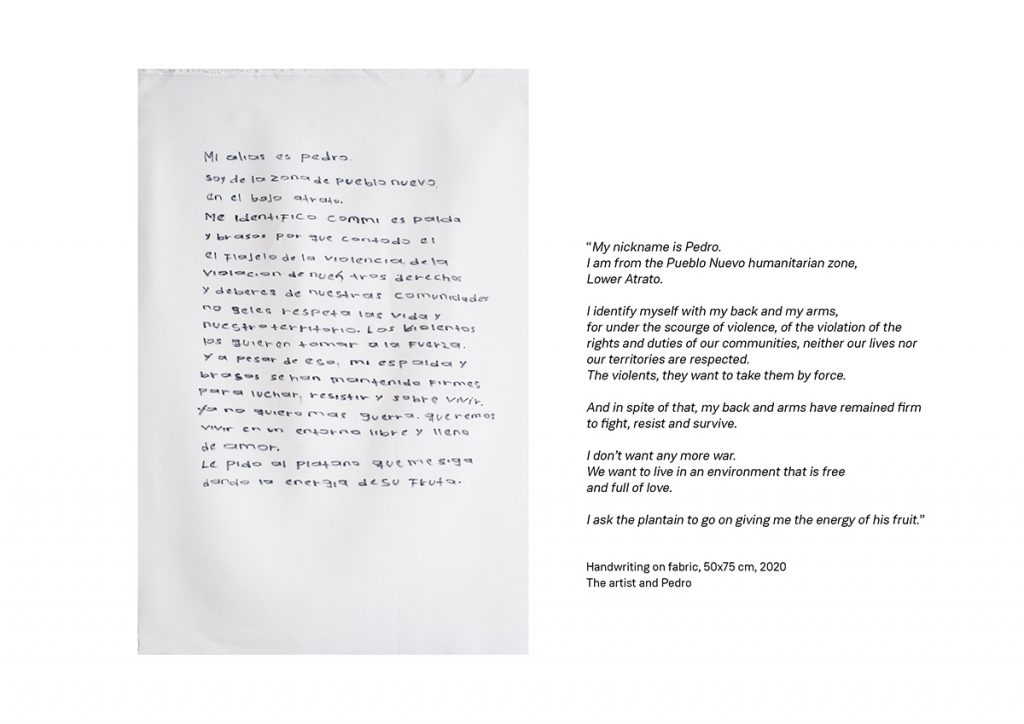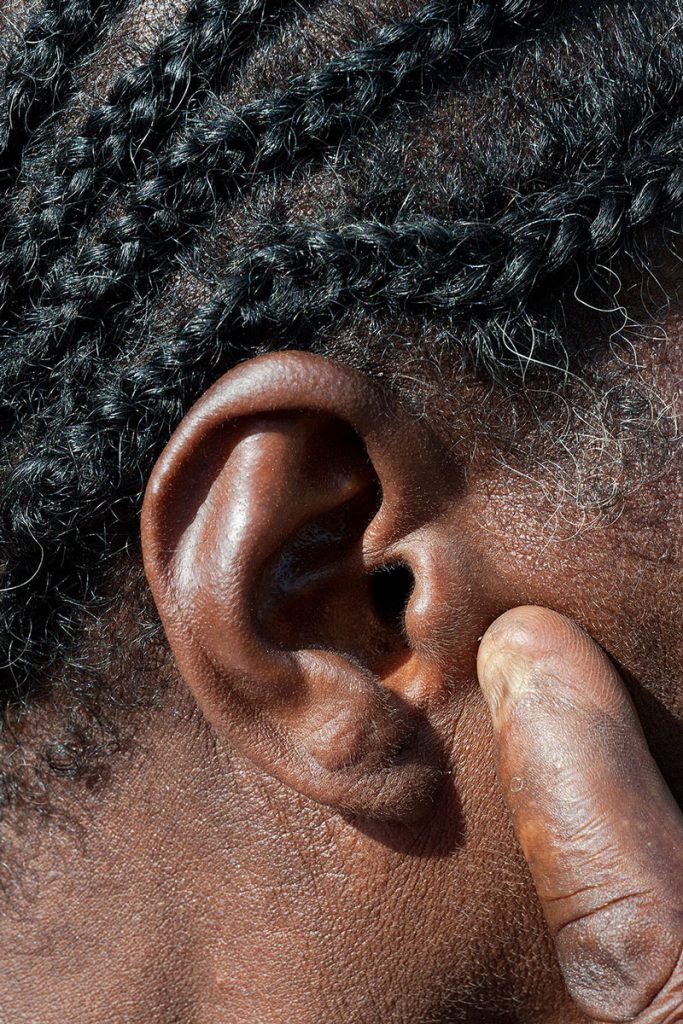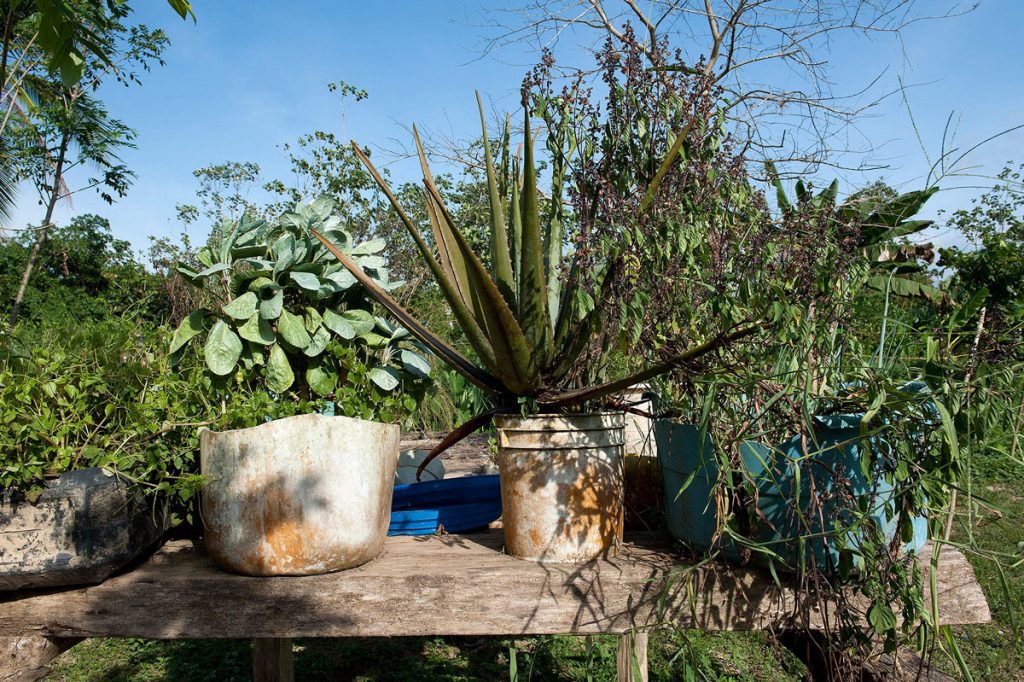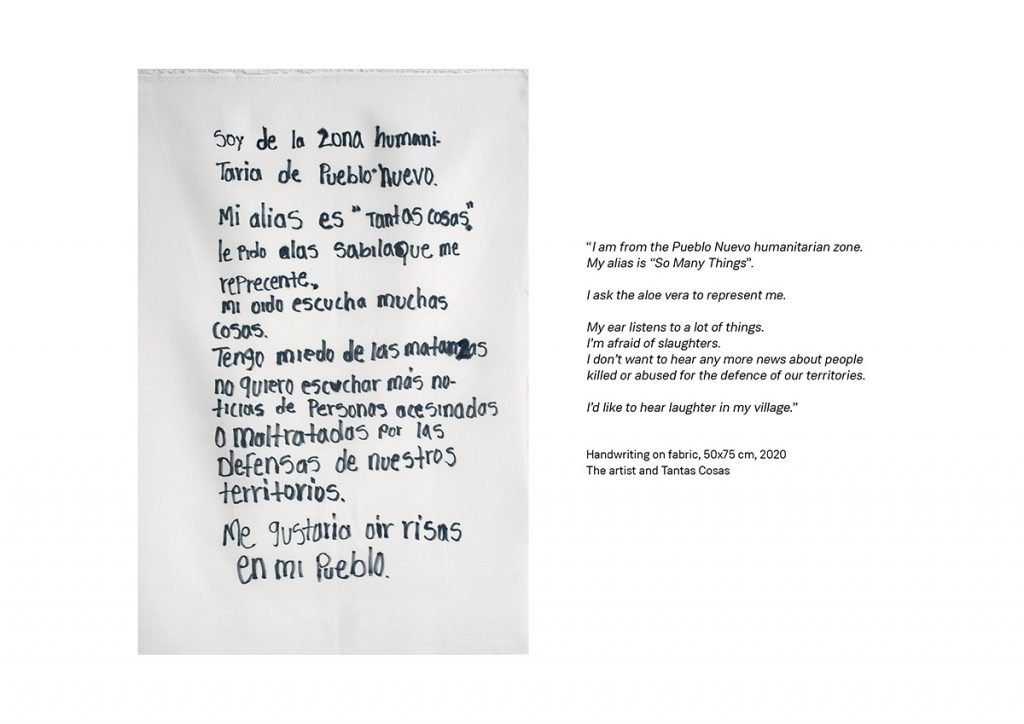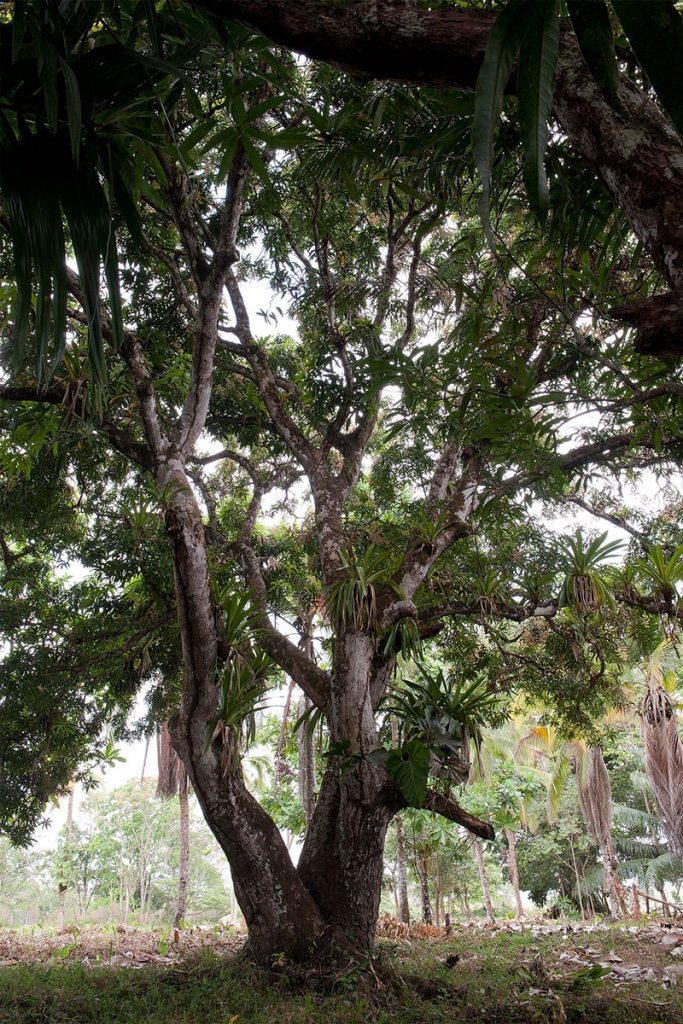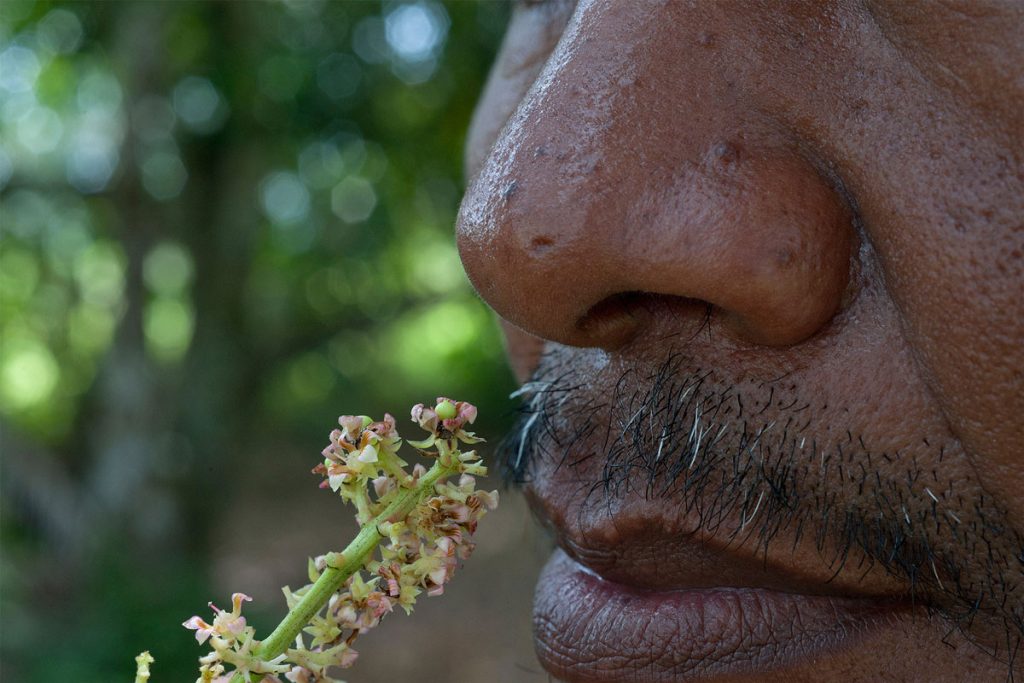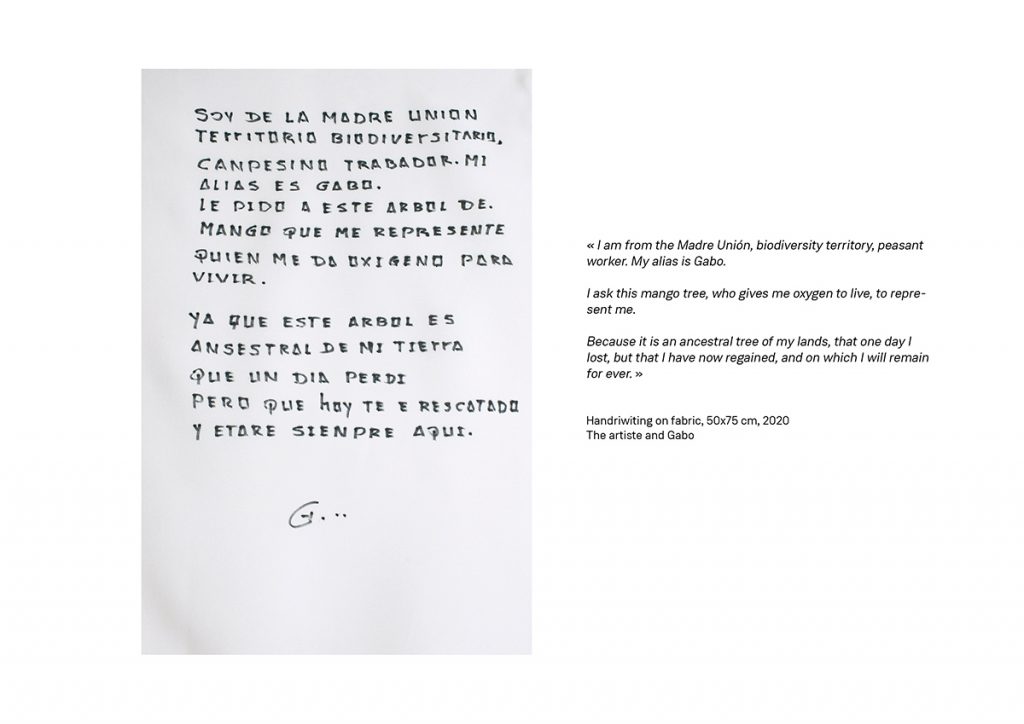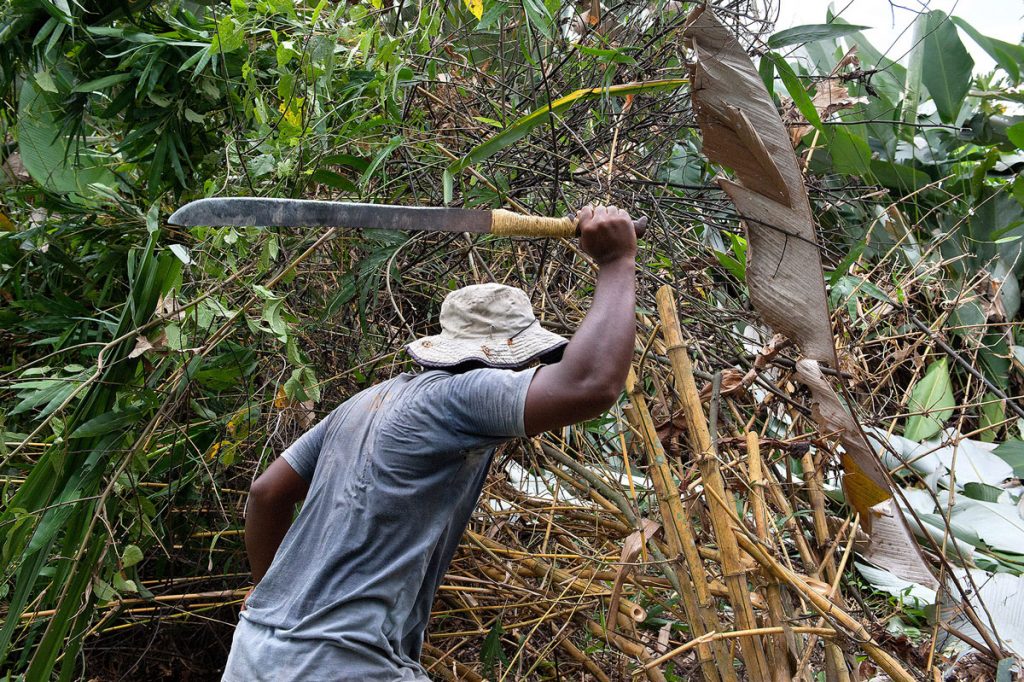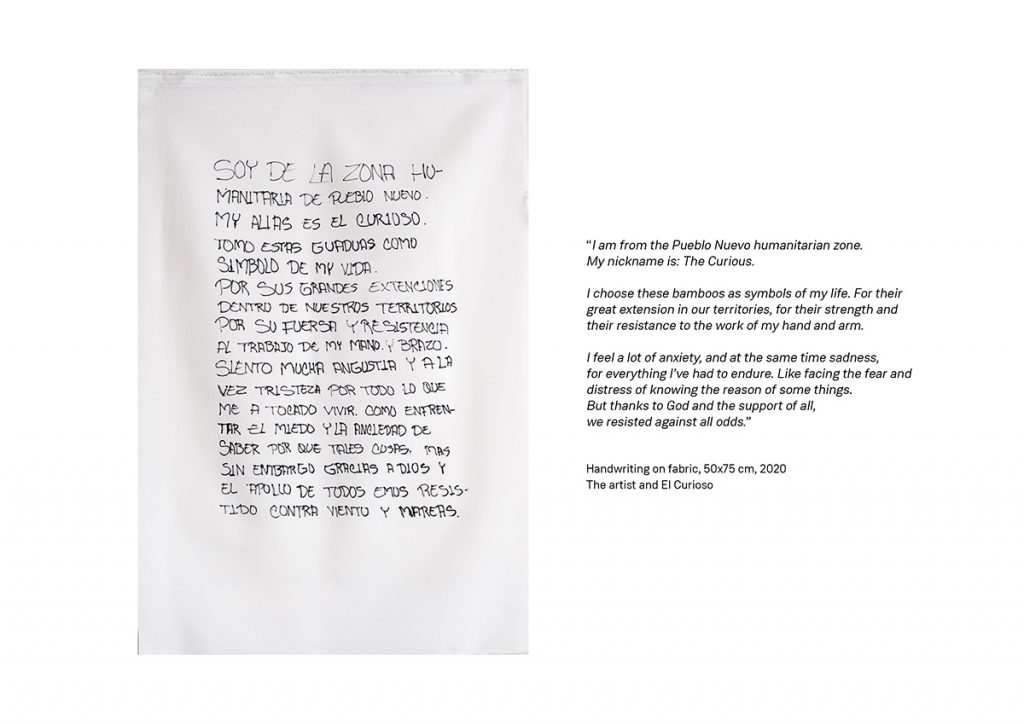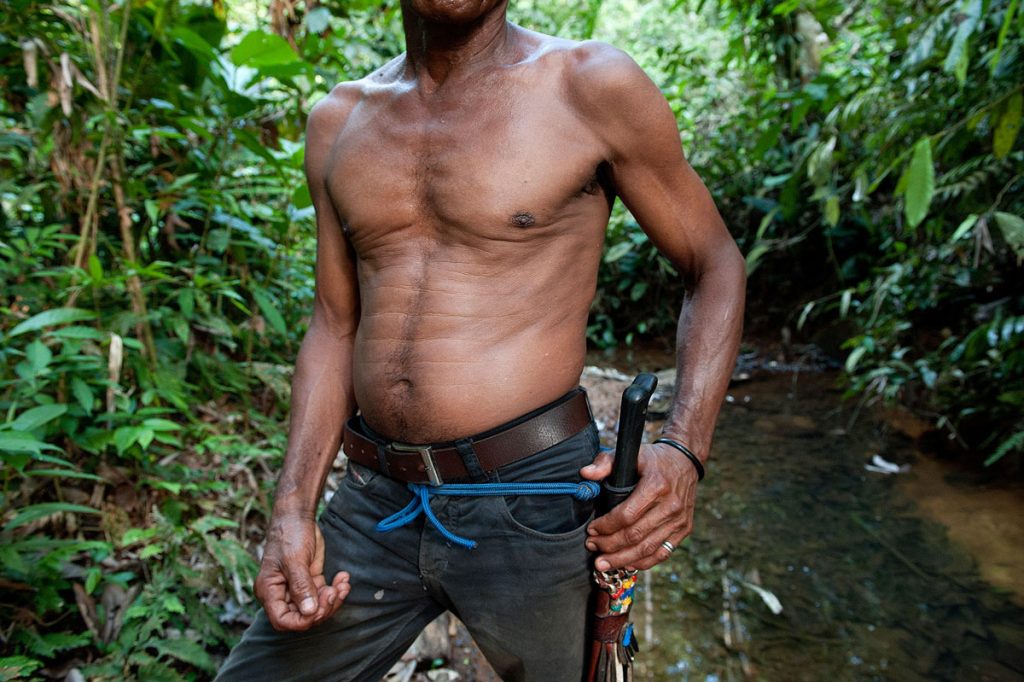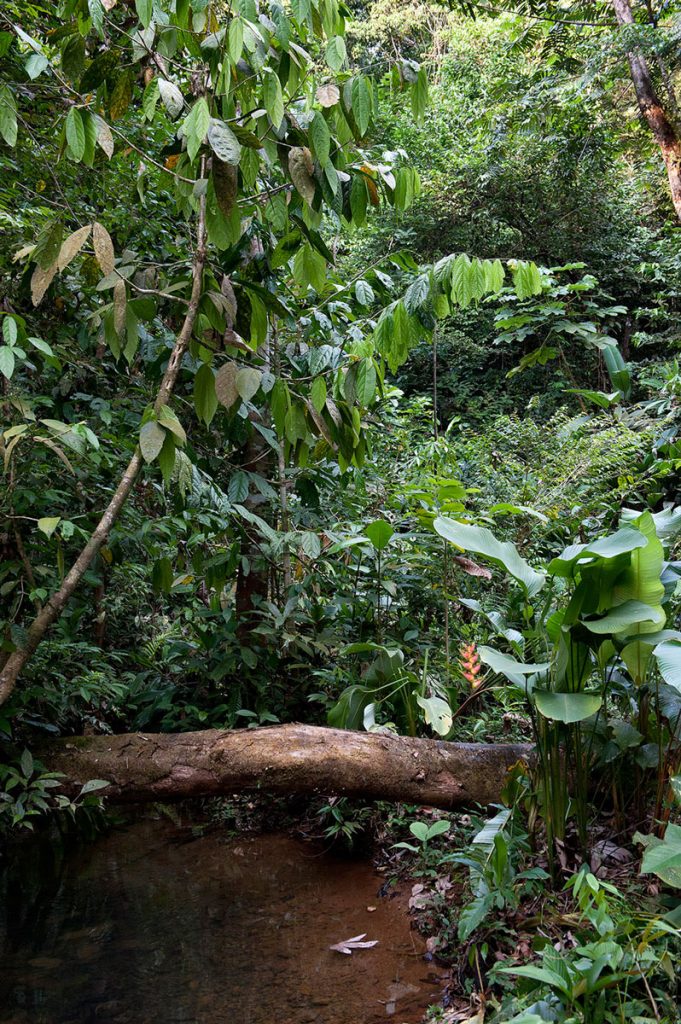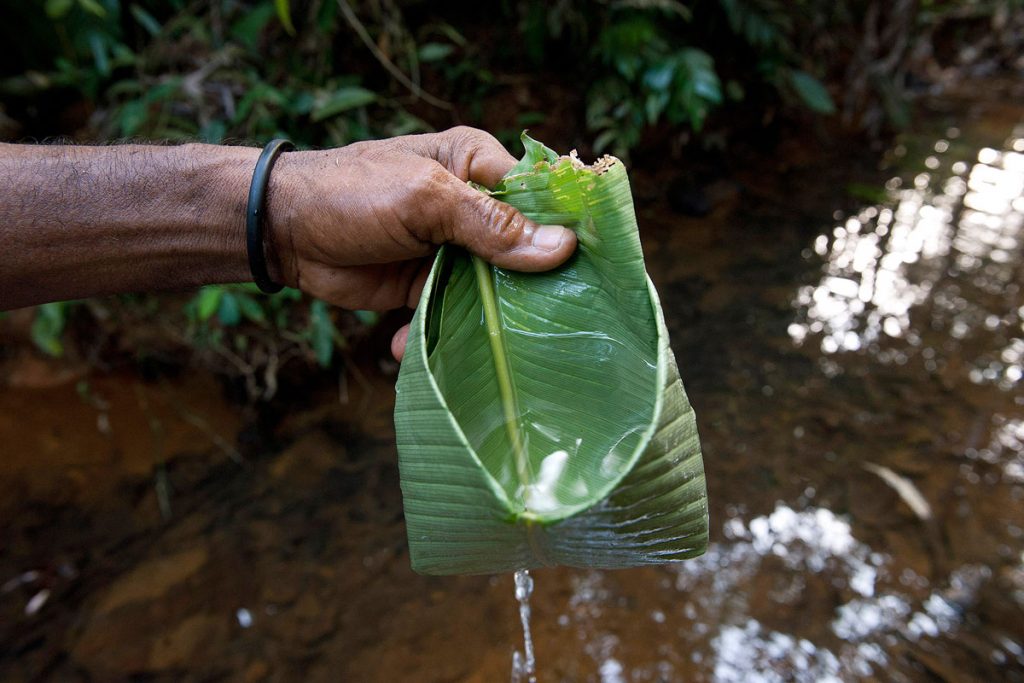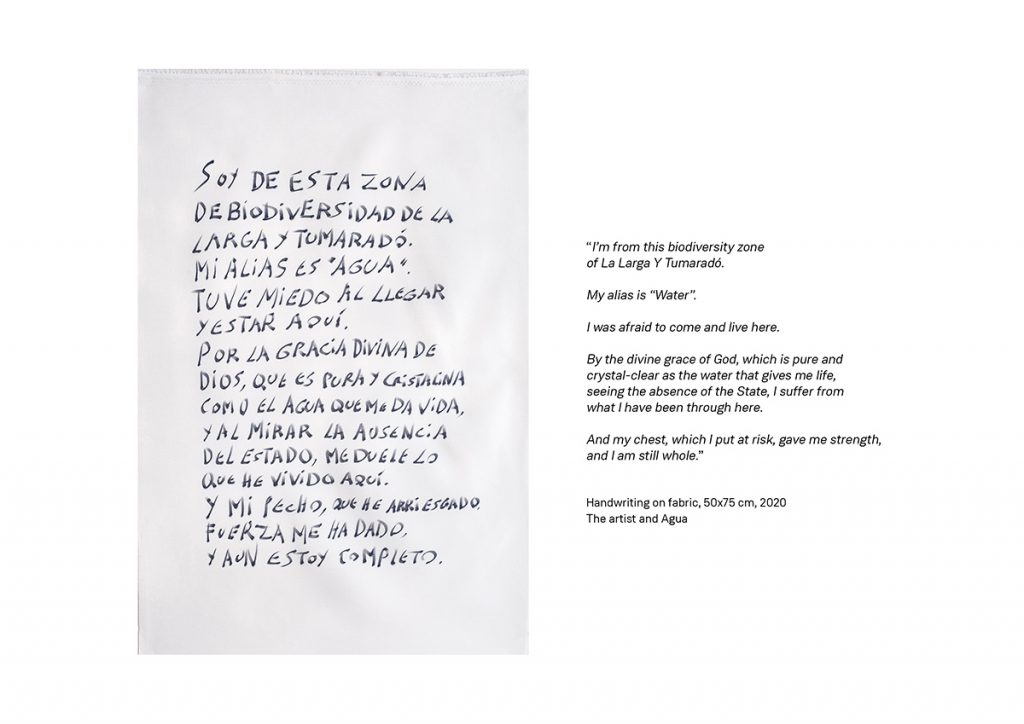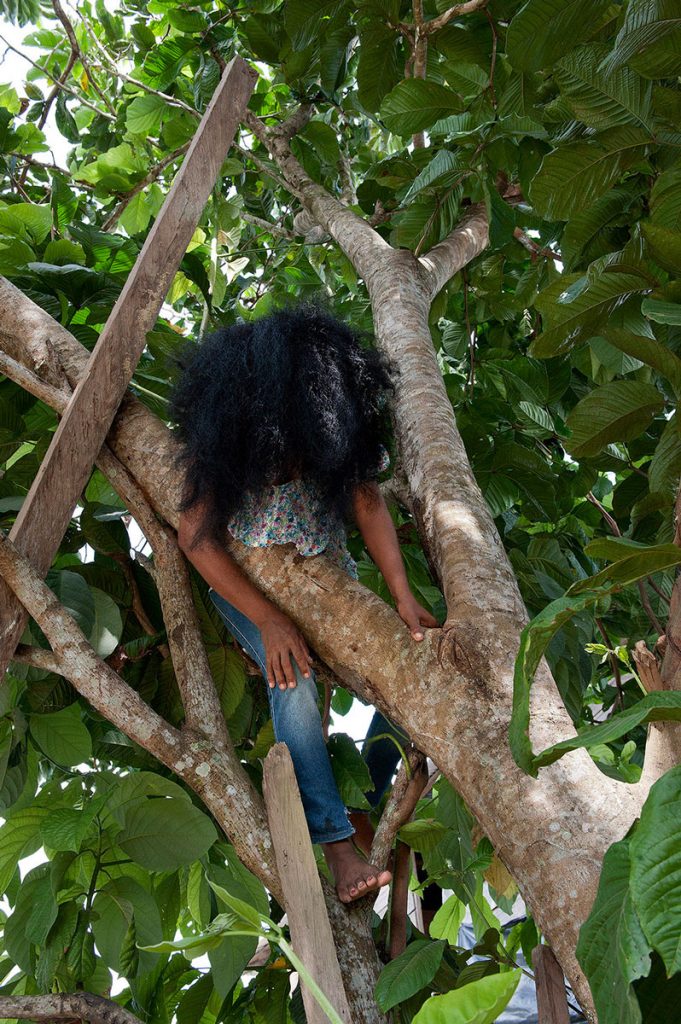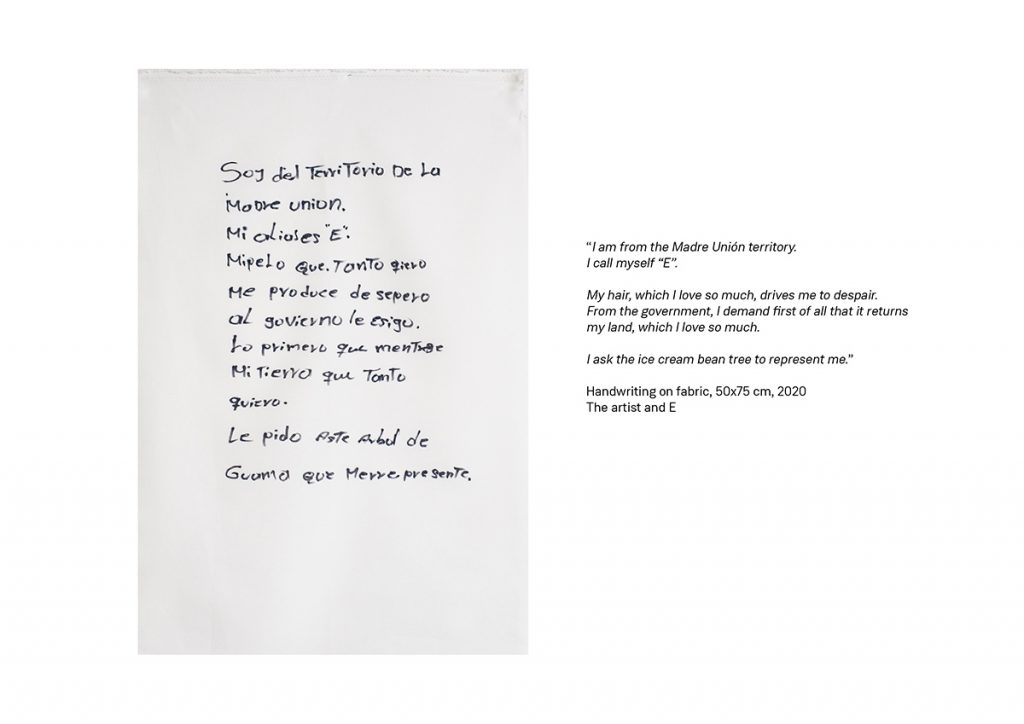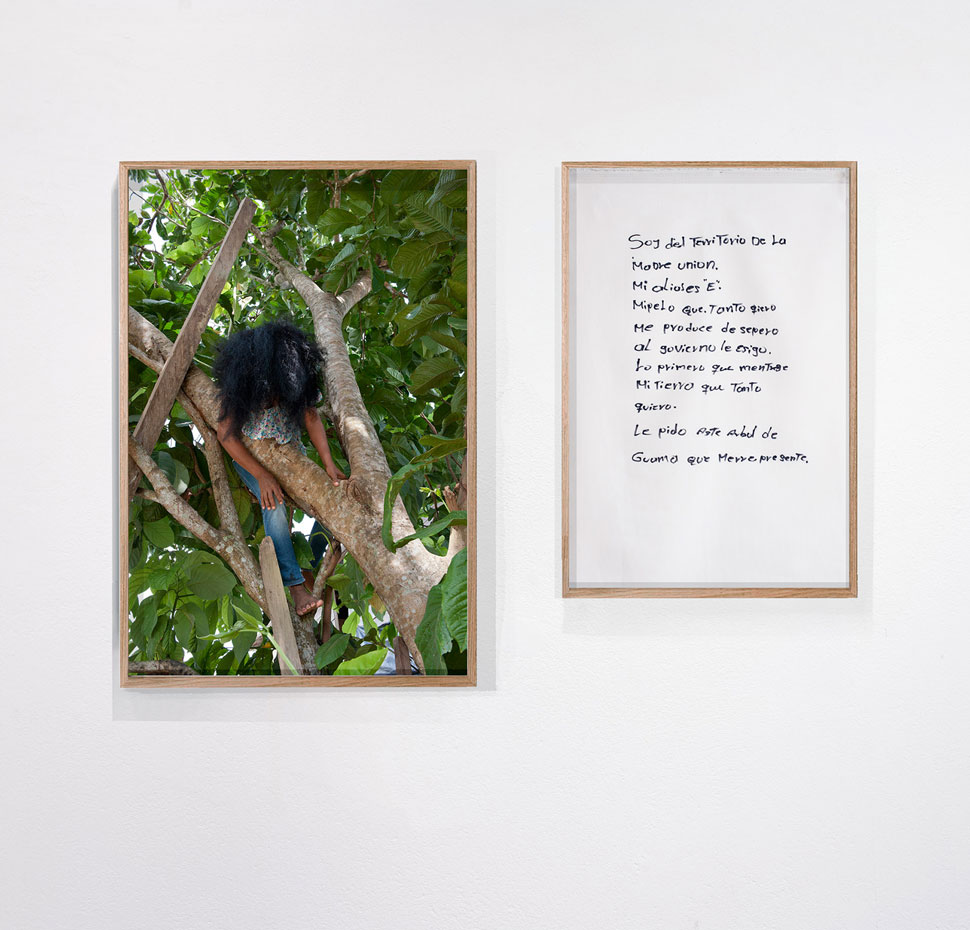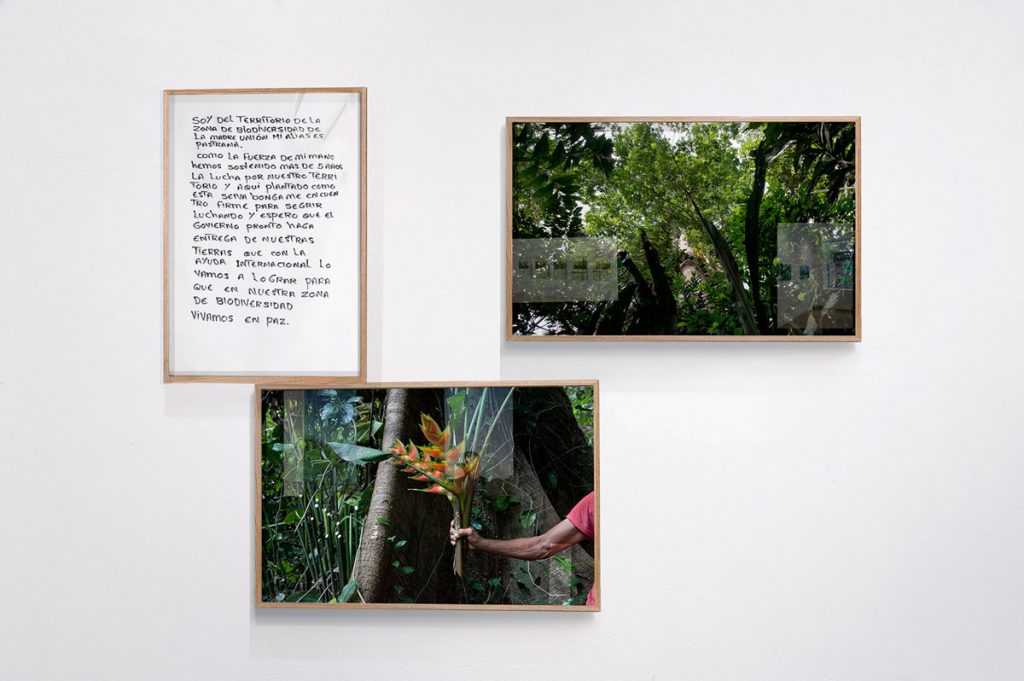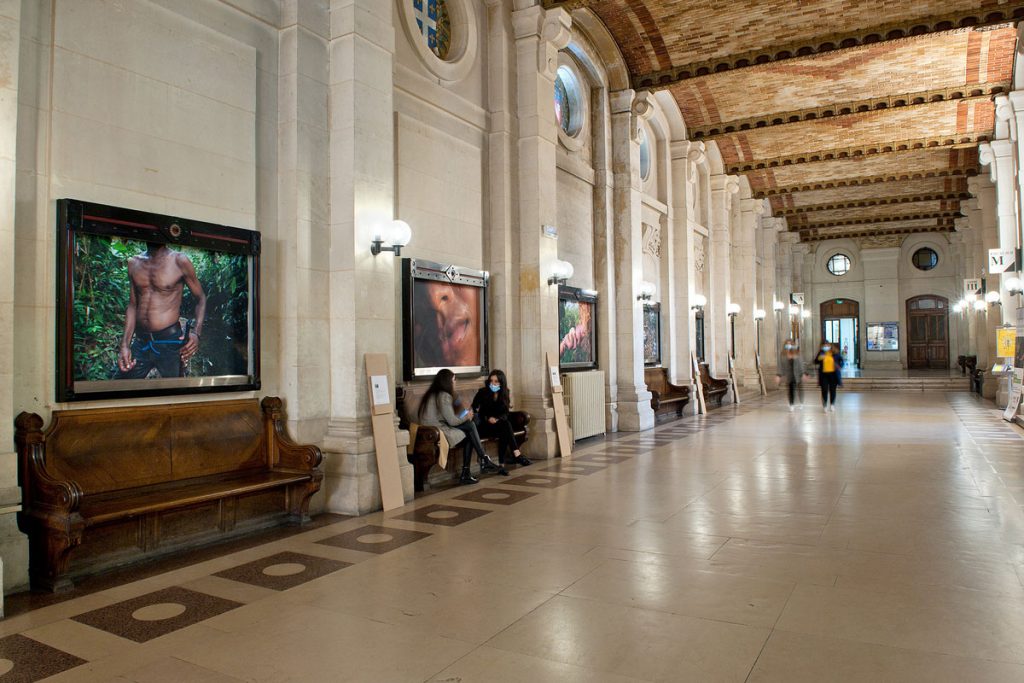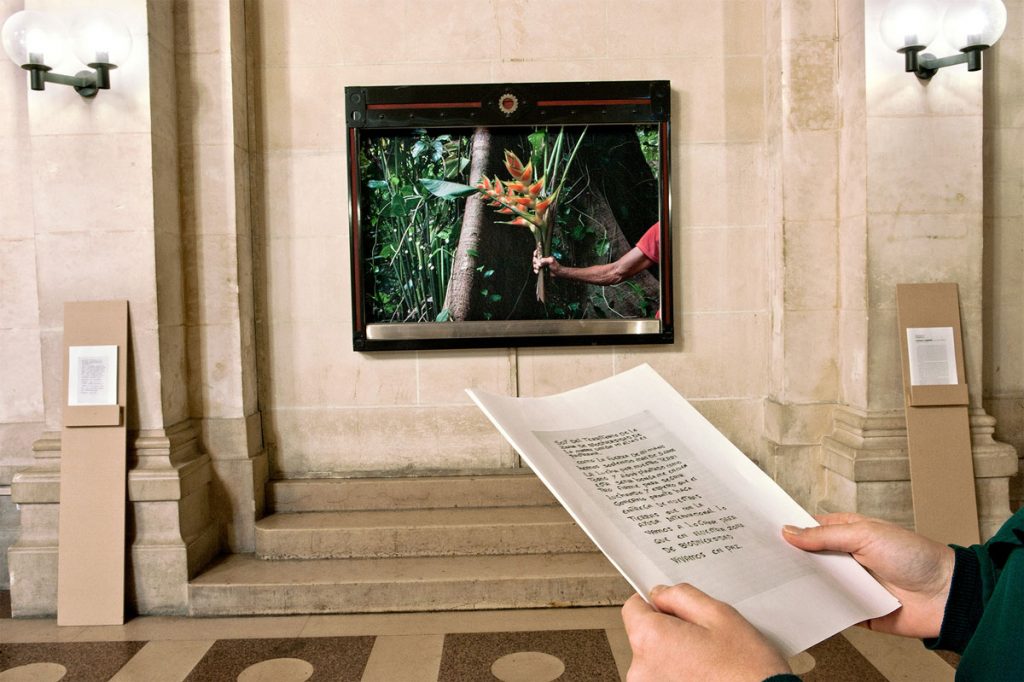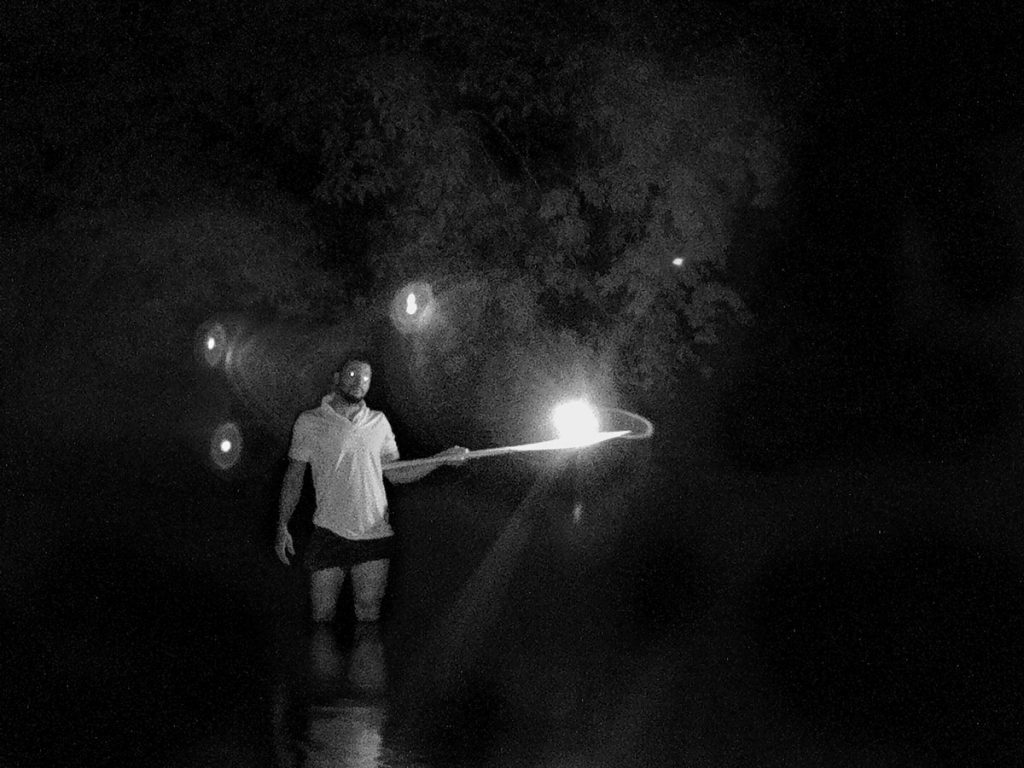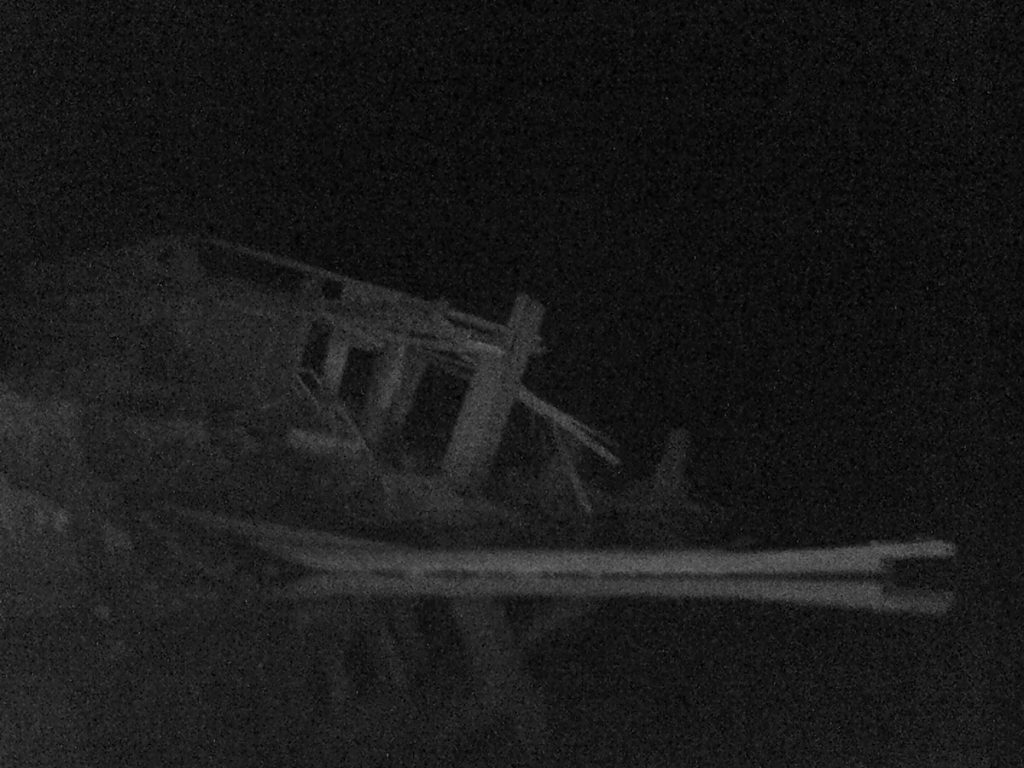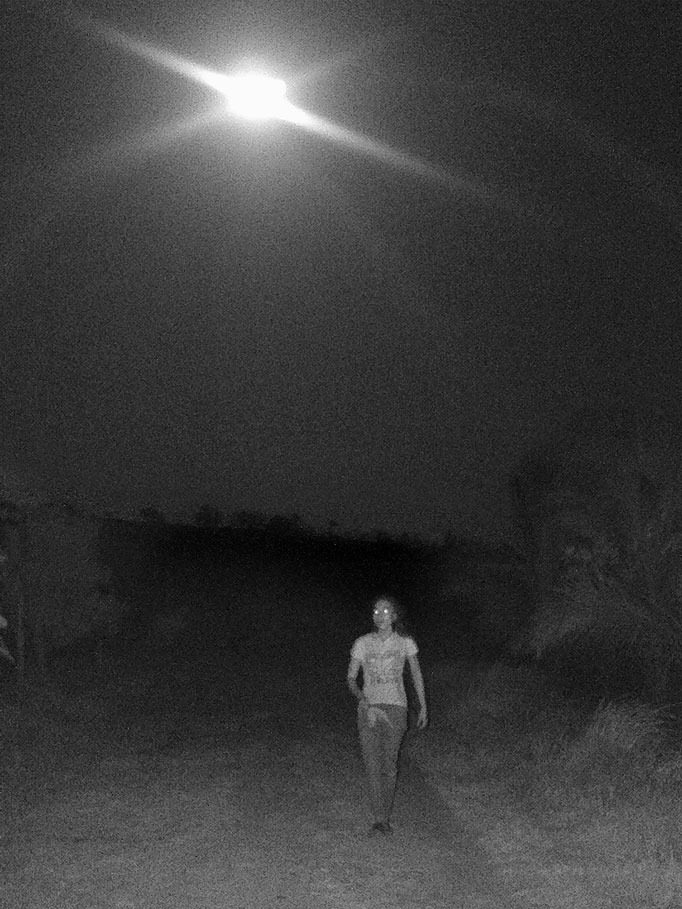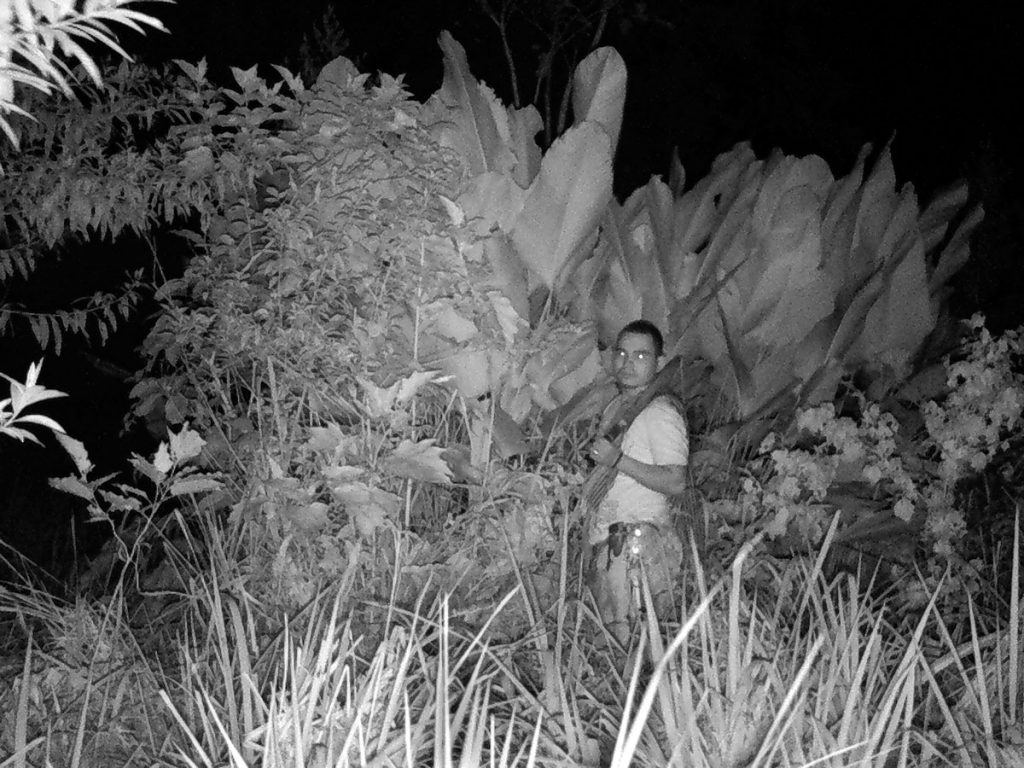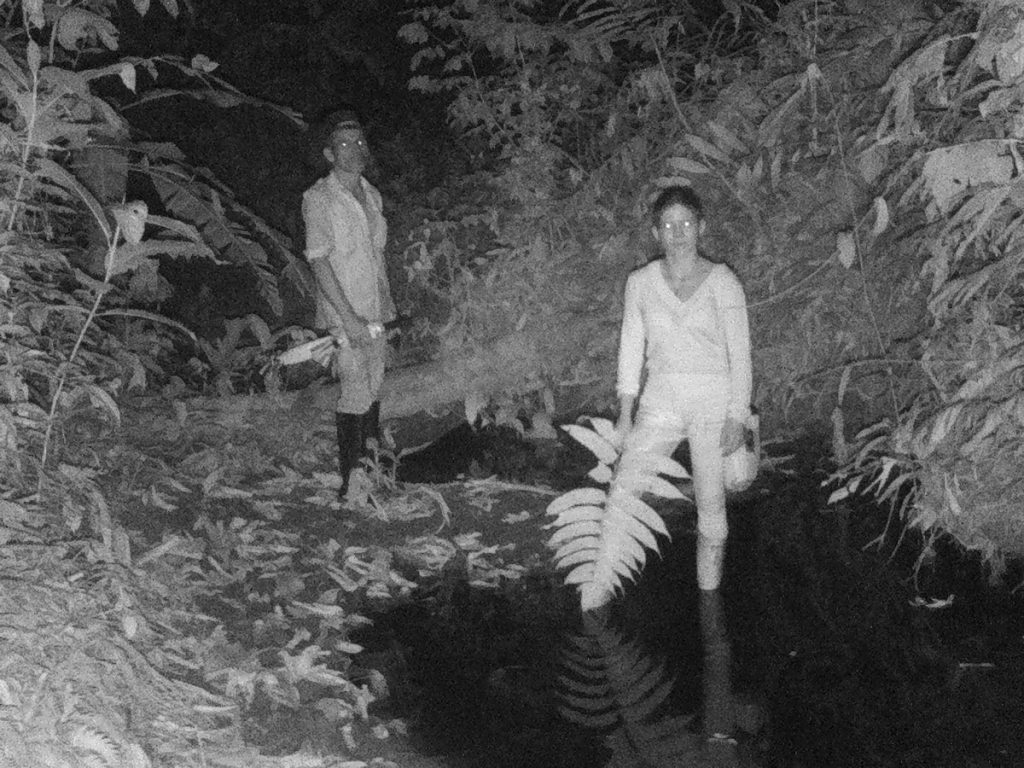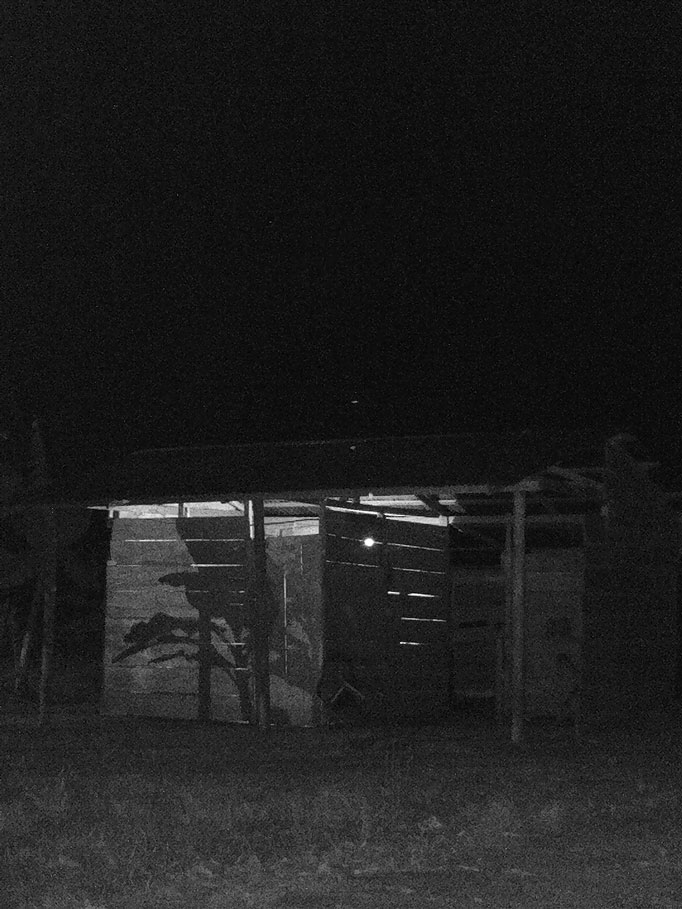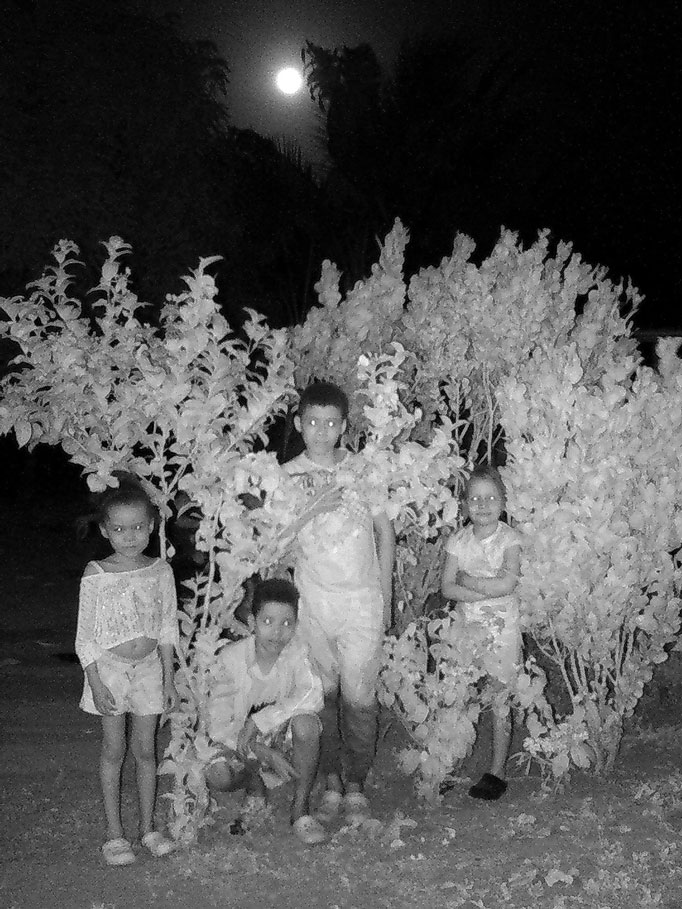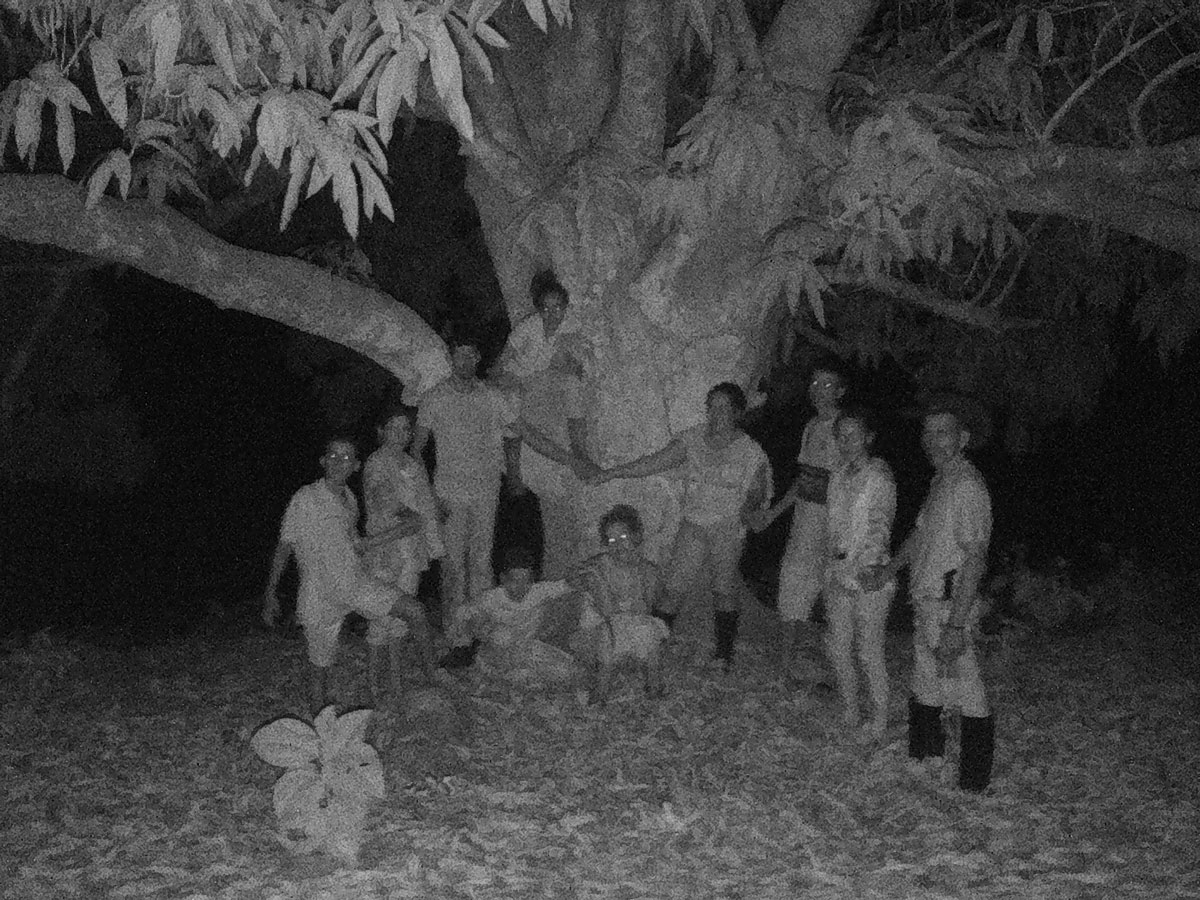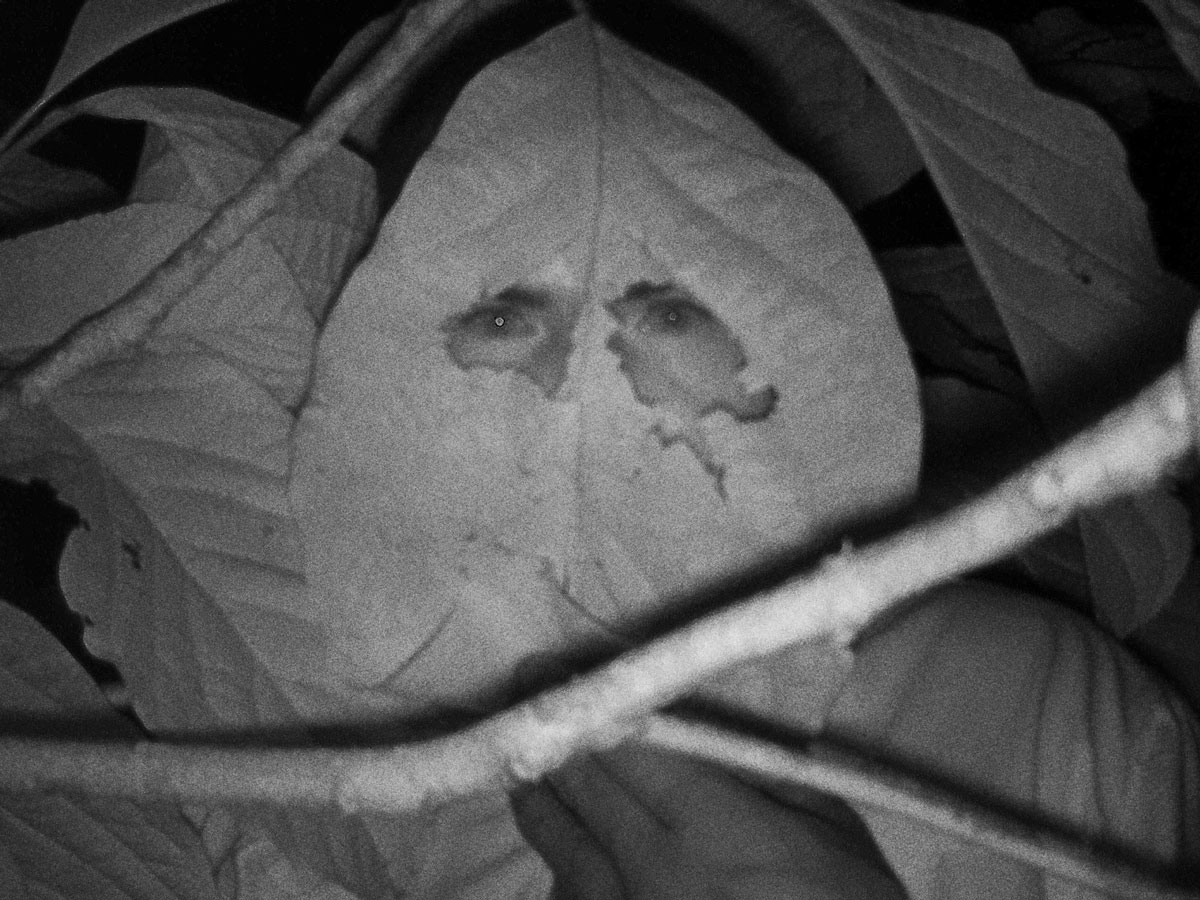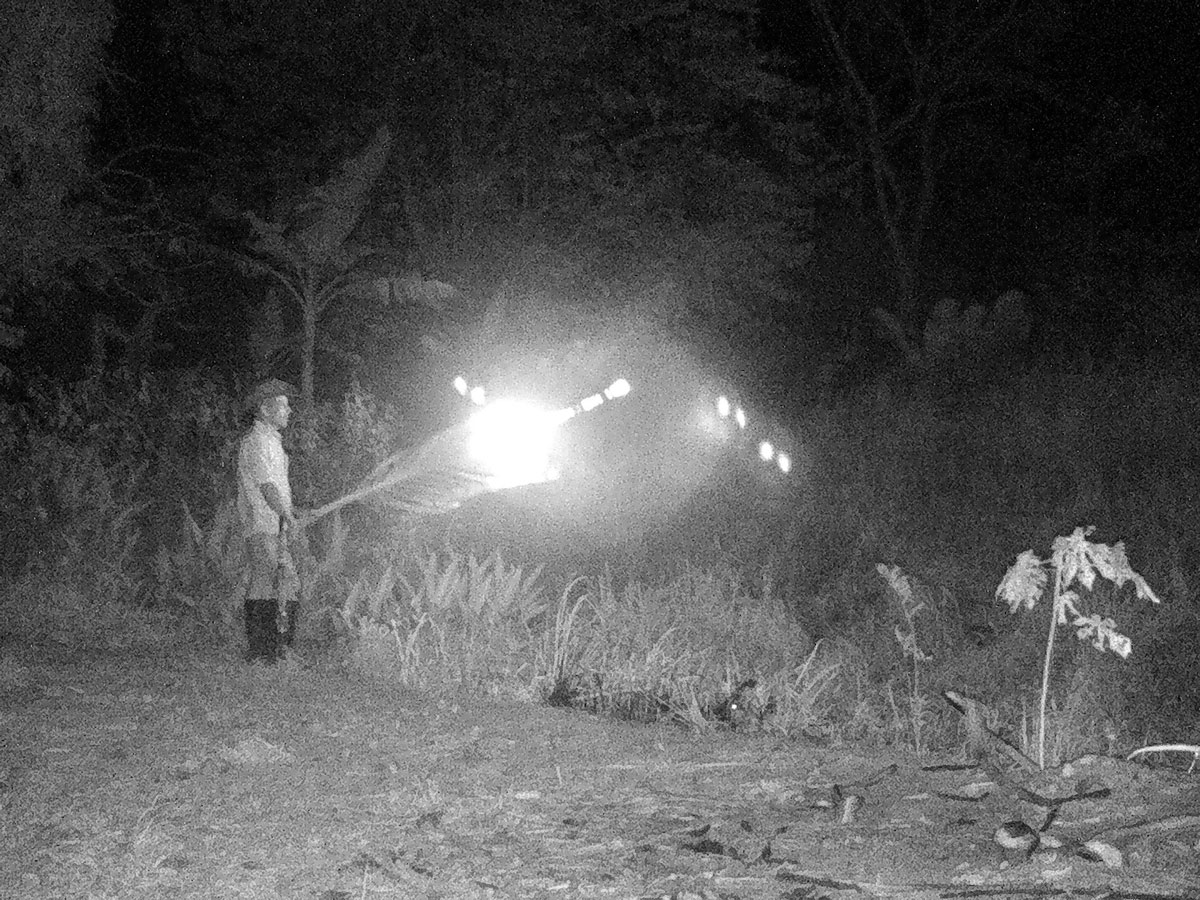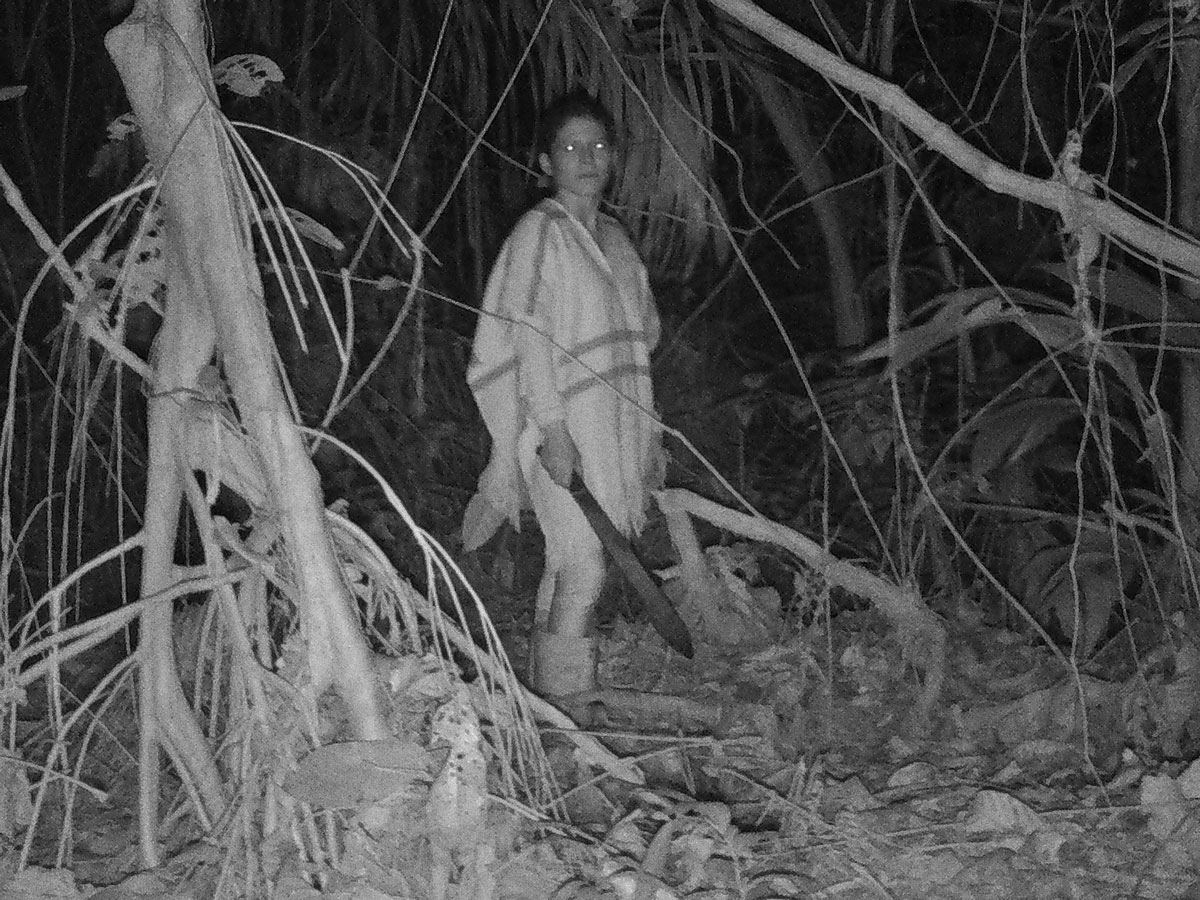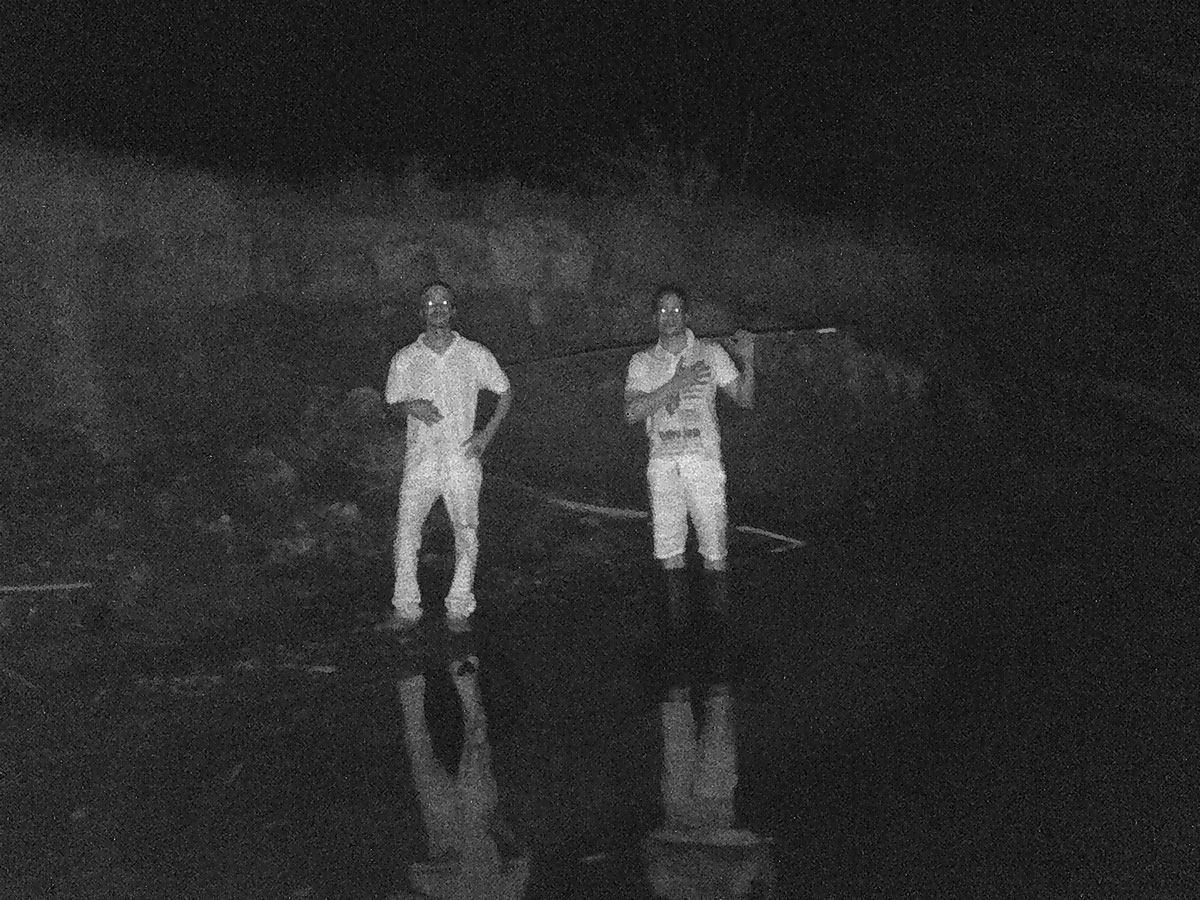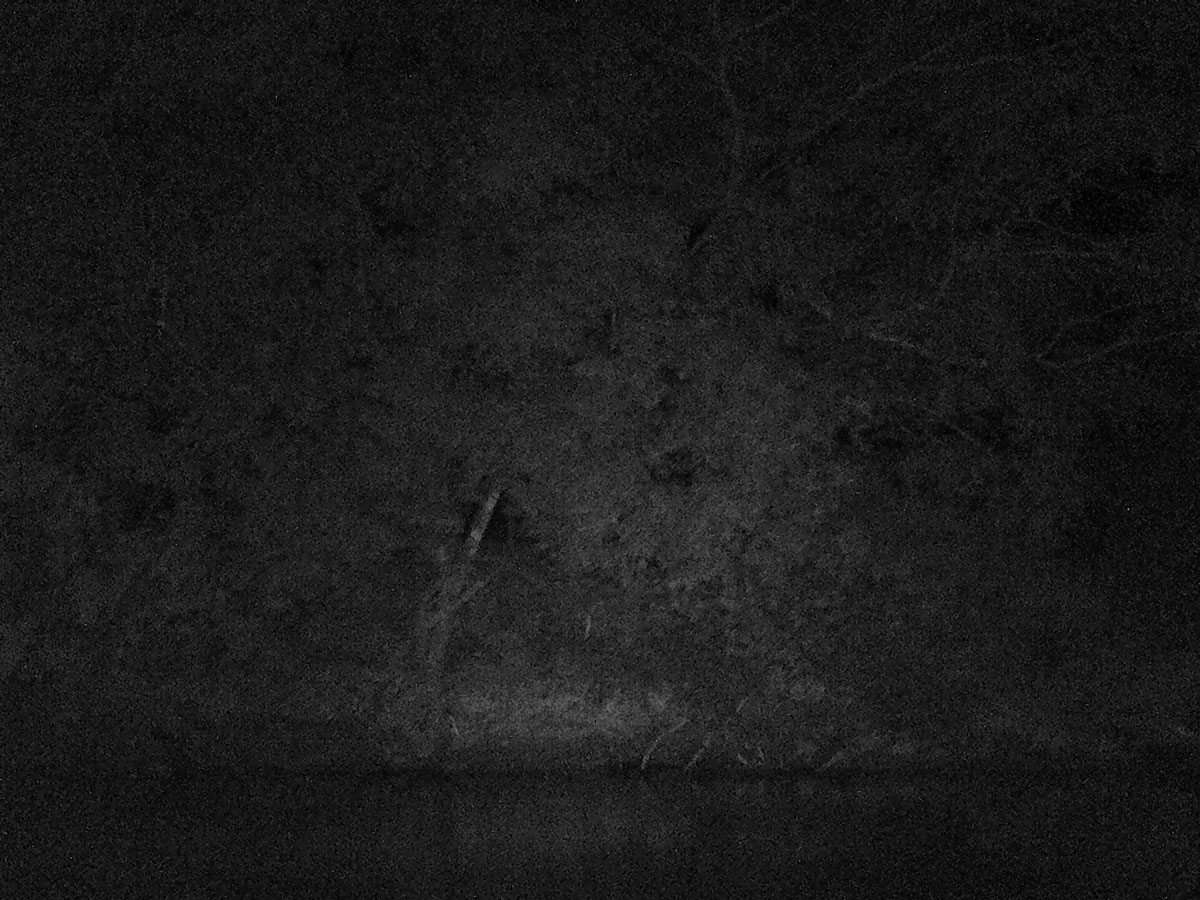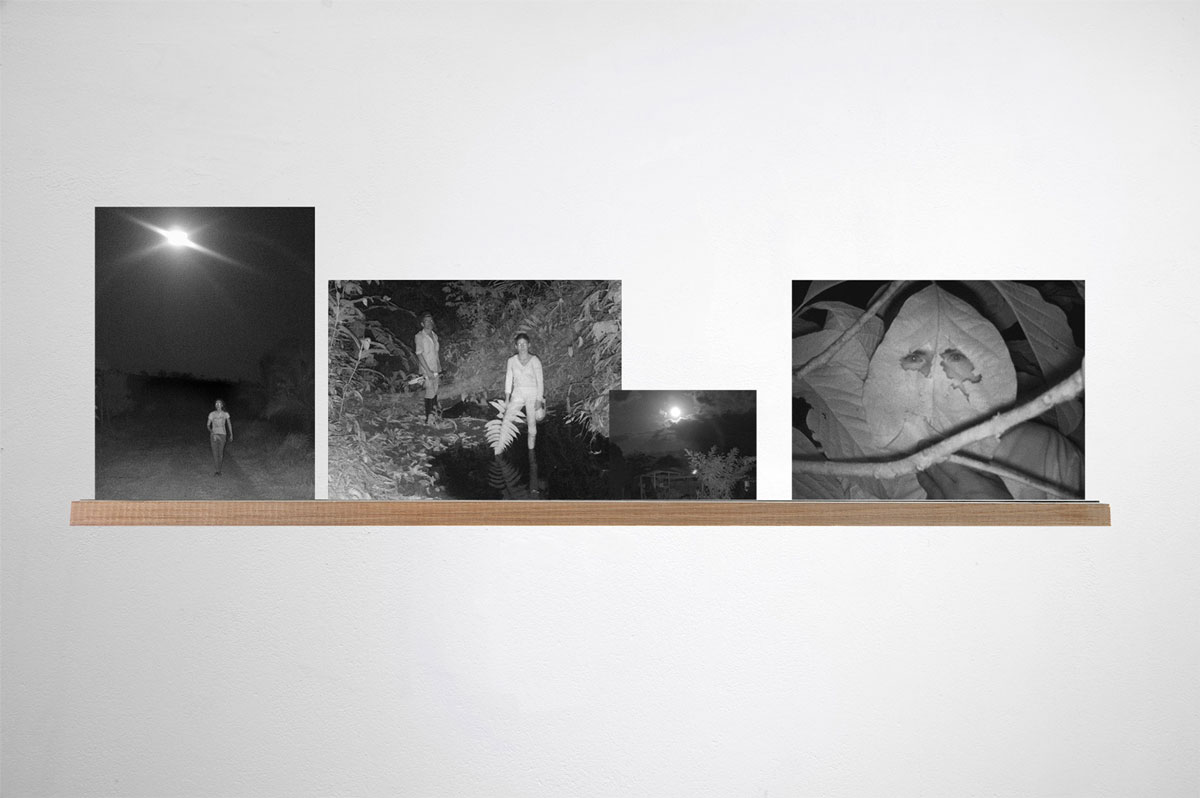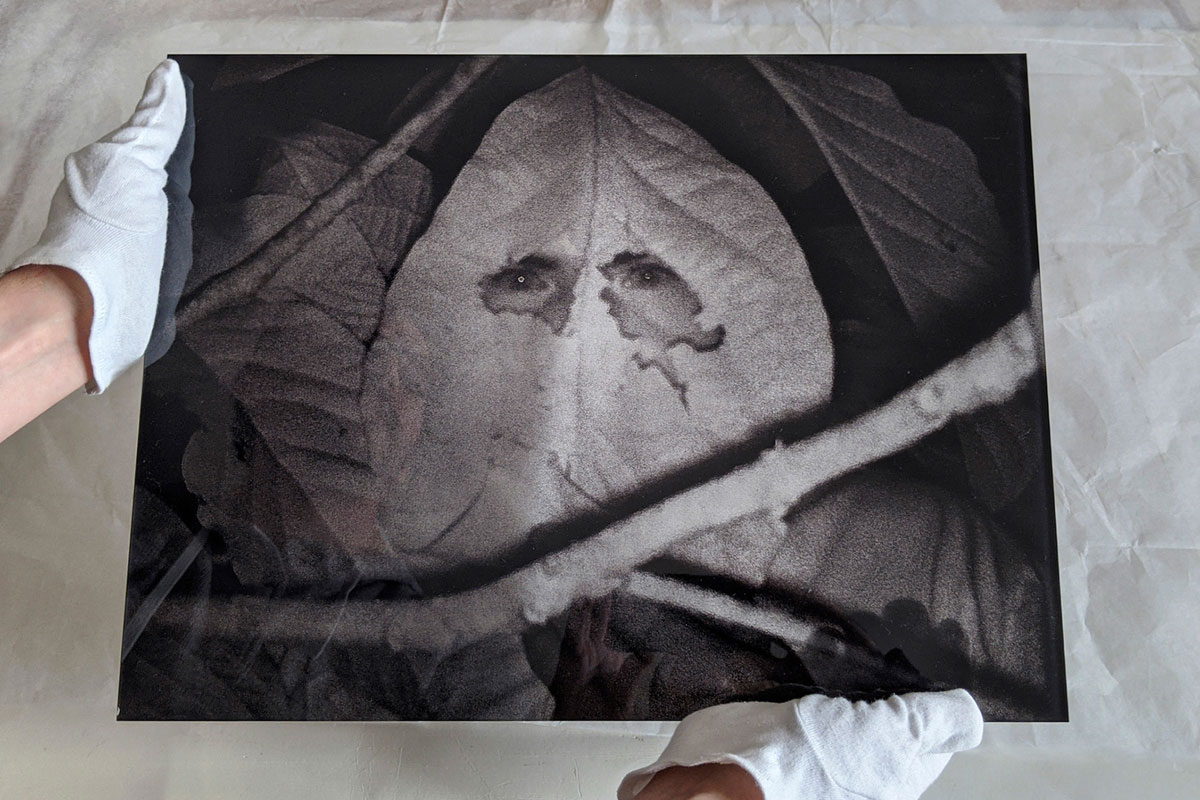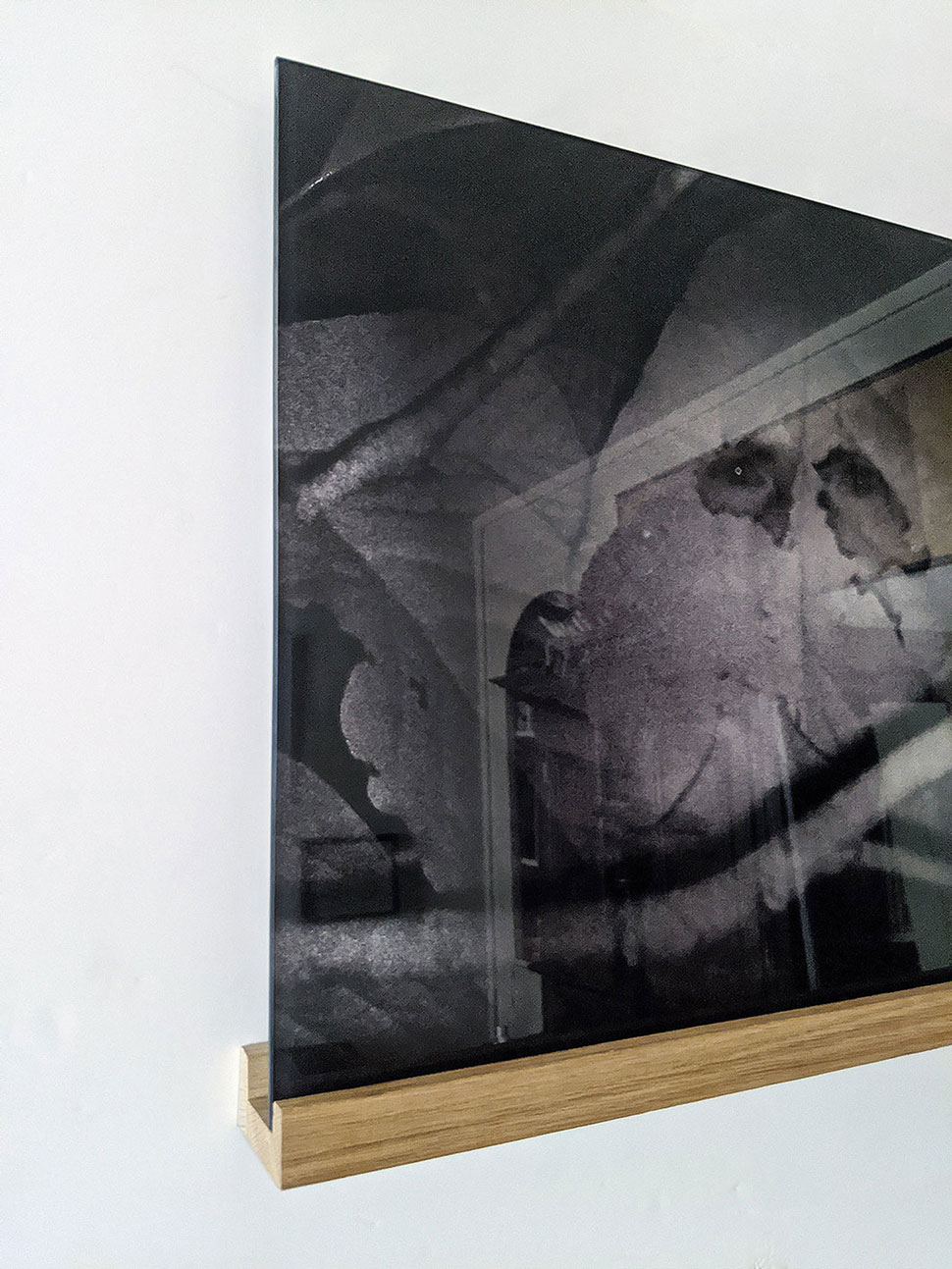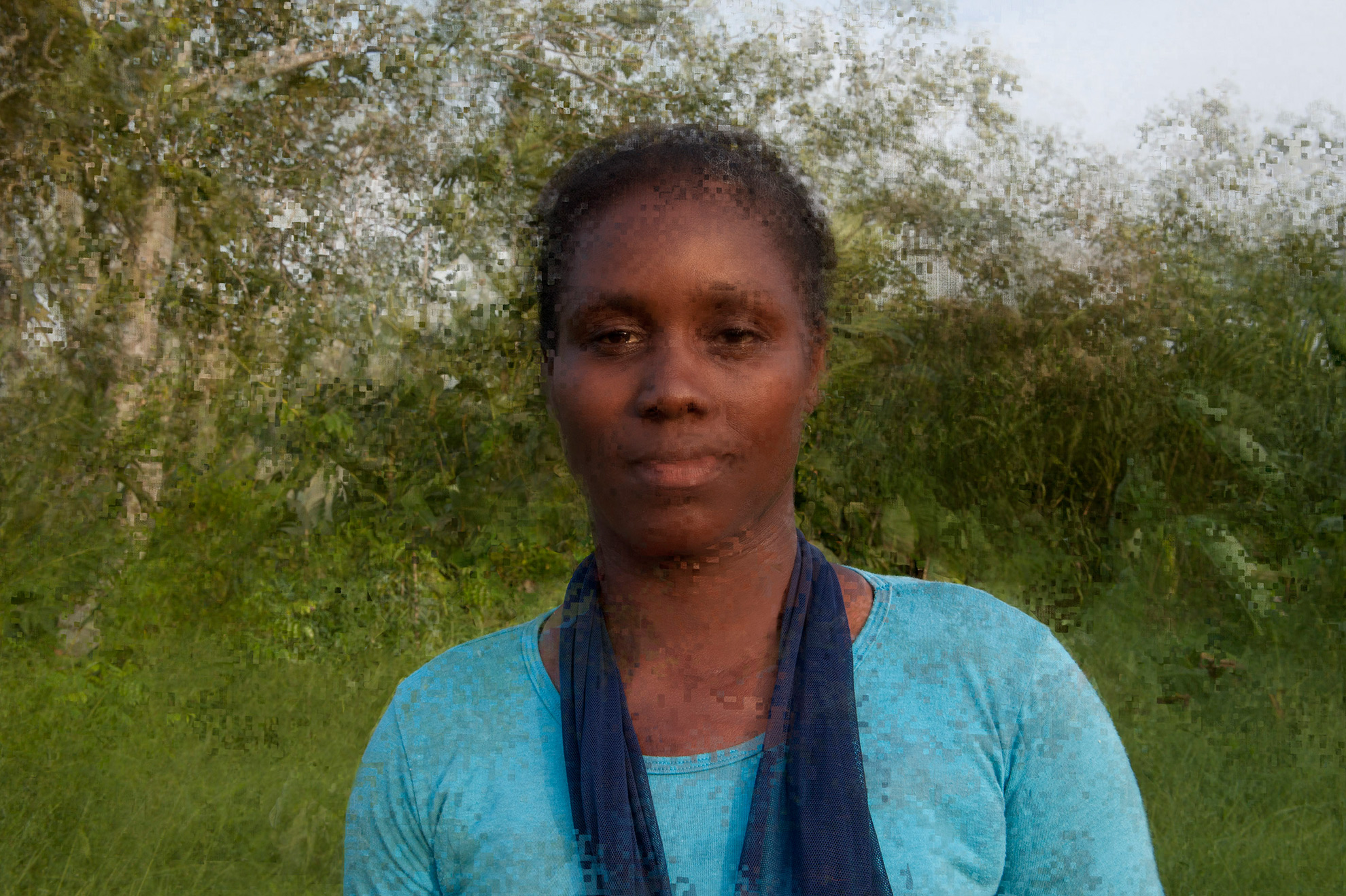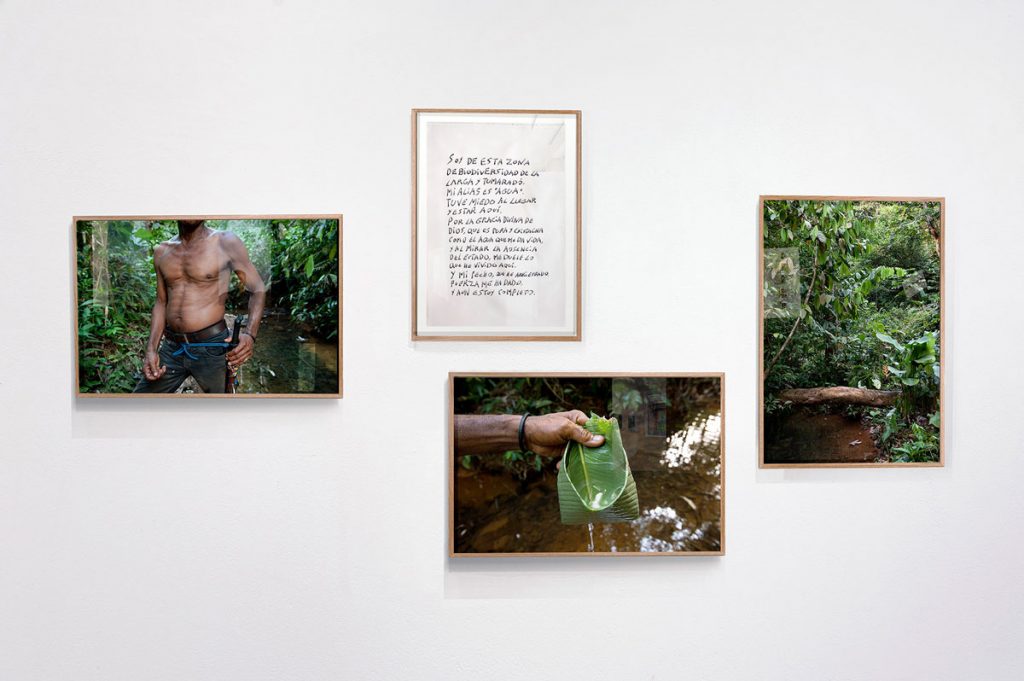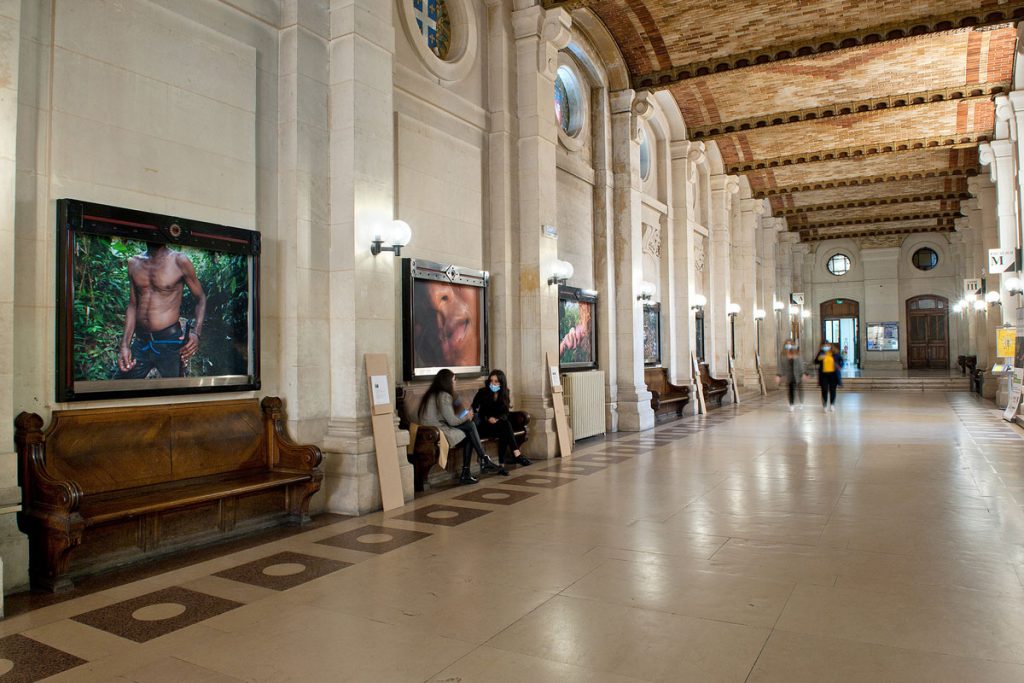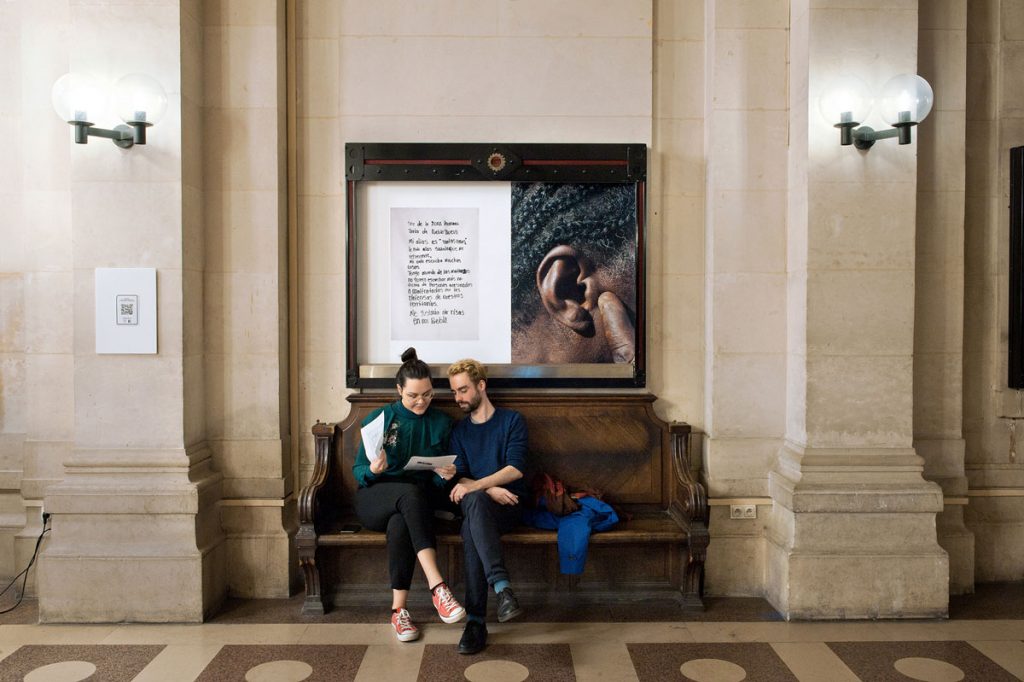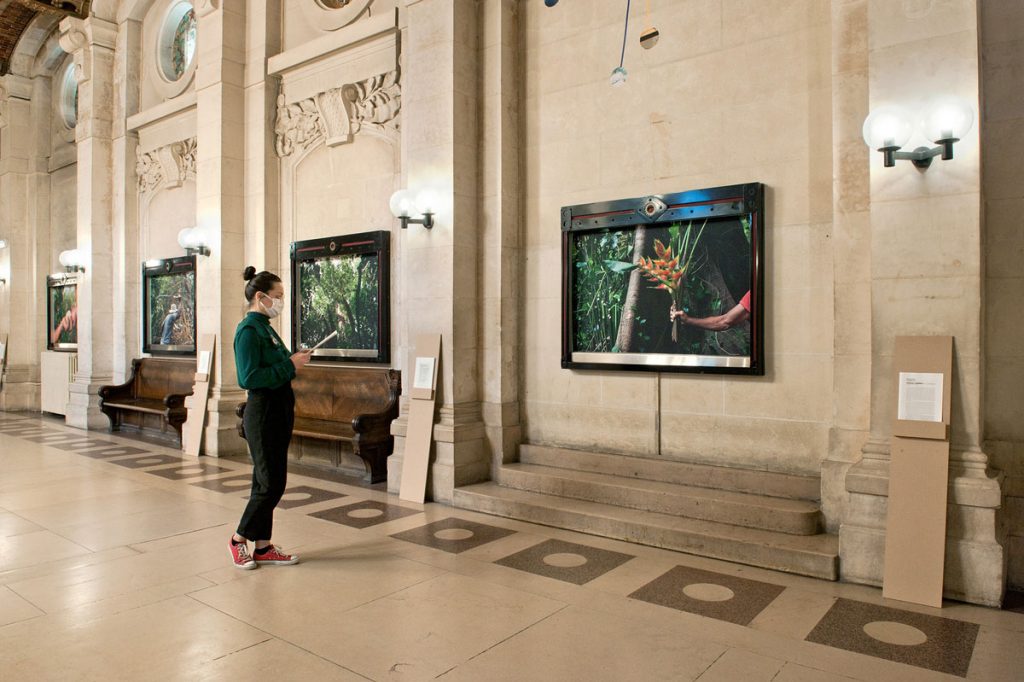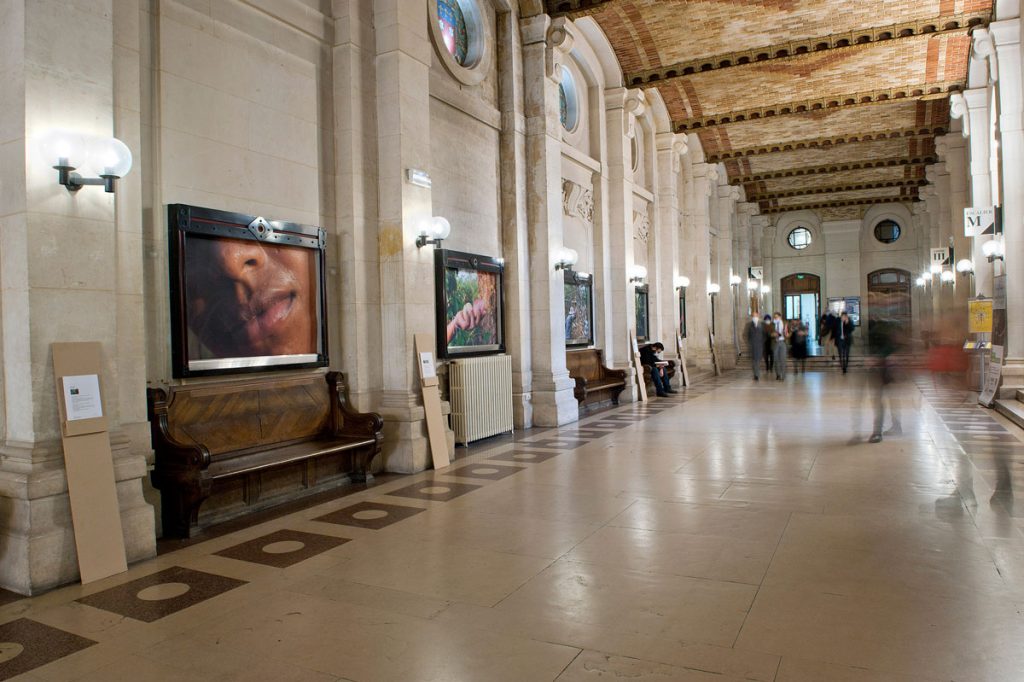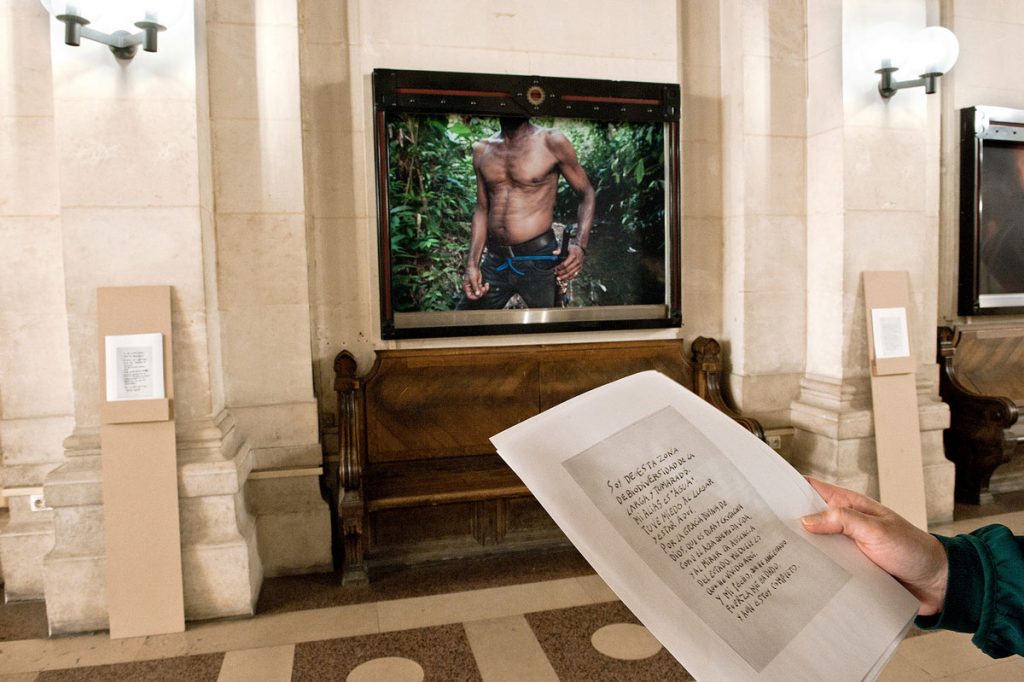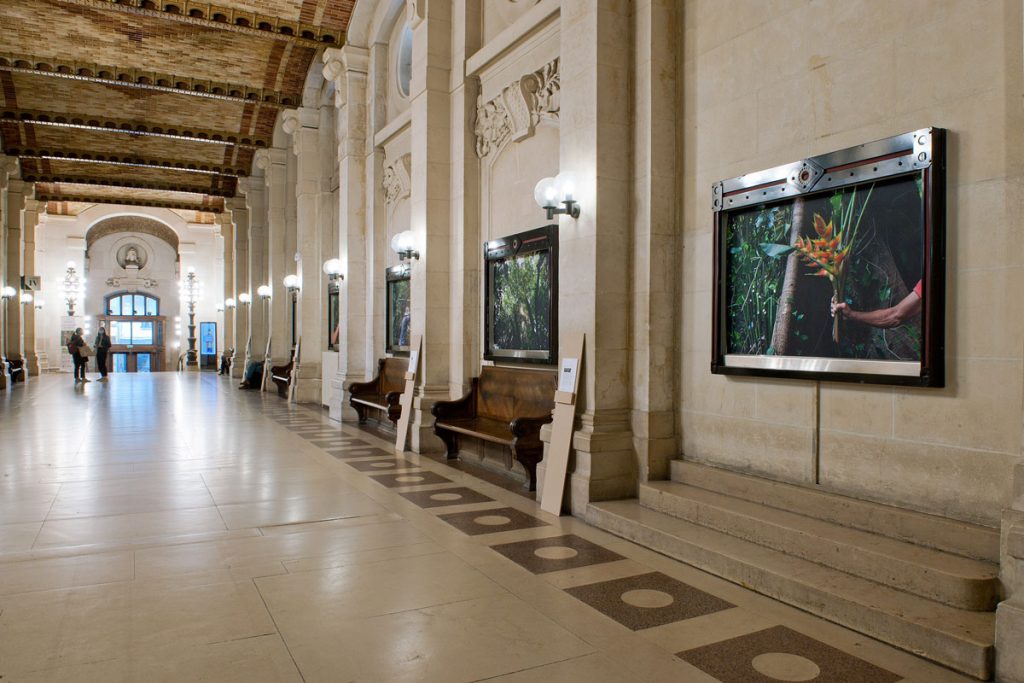(2020 – …)
Interlacing creation and resistance, Luces Distances is an alliance developed since 2020 between Marc Lathuillière and Afro-descendant peasant communities of Urabá, an area of armed conflict over land control in northern Colombia, on the border with Panama. They are organized into Humanitarian and Biodiversity Zones, a status making them enclaves forbidden to any arms-bearer. A non-violent strategy to defend their lives, their hyperdiverse jungle and wetlands against deforestation and land grabbing orchestrated by agro-industrialists in collusion with the first narco-paramilitary group of the country.
Deliberately conceived within this constrained framework, the artistic process integrates three vital demands: visibilization of their struggle, protection of their lives, empowerment of their structures. These feed a constant co-invention of new media of environmental resistance associating photographs, films, writings, social networks and performative forms. In accordance with this diversity-based approach, the first series of the project, in 2020, attempted to present the villagers not as isolated and recognizable individuals, but as members of human and non-human collectives, connected with plants of their environment.
Since 2022, the project has focused on the Biodiversity Zone of La Madre Unión, whose leaders invited Lathuillière to empower their budding environmental association. Renamed the Guardianes Madre Árbol (Guardians of Mother Tree), it is meant to enable them to speak out. The design of a logo, clothing, visibility through social networks and exhibitions (Rencontres d’Arles in 2023) were complemented by the shooting of a co-signed short fiction documentary, Ser Guardianes Madre Árbol, supported by the Cnap and AM Art Films. The alliance also includes the development of international support networks for the Guardianes: launched in 2023, the new project, Sueños (Dreams), is a transatlantic exchange of texts of support written on pillows between Paris-based authors on one side and Guardianes on the other.
Pending the upload of the whole project here – it is still in progress – its summary is presented in this pdf:
Luces Distantes:
MASCARAS
Seven portraits of villagers wearing masks made from plants. Most of them come with texts written with their own hands on pieces of fabric. Signed under aliases, these statements enable them to freely express their relationship with their territorial environment, the necessity and the danger of defending it. On original fabric or in the form of a photographic edition, these texts are associated with the portraits to form diptychs.
CUERPOS Y PLANTAS
Community members are portrayed through photographs of a part of their body and a plant from their biotope which they ask to represent them. Counting from one to three images, these eighteen "environmental portraits" include handwritten texts signed under aliases, in which the villagers express their commitments and fears. Images and statements (the later on original fabric or in the form of a photographic edition) are presented as polyptychs.
VOCES DISTANTES
Eleven videos (approximately 1 mn 40 each) in which the villagers film the artist reading their texts in the landscapes planted with the species they have chosen to represent them in the Cuerpos Y Plantas and Mascaras series. Most of them are still in post-production:
Voz de Gabo
Video, 1 mn 32, 2020
Voz de Agua,
Video, 1 mn 44, 2020
Voz de Patricia
Video, 1 mn 39, 2020
Apariciones
The forty or so night shots in this series were taken in almost complete darkness with a Minox infrared hunting camera. The series addresses the imagination of the communities - the daily fear, a life never far away from death - trying to transform these experiences into tales close to their traditions, and to the Colombian sense of “magic realism”. Overexposing the eyes and the skin as well as the vegetation, the infrared flash makes the facial features of the villagers unrecognizable, and tends to blend them into their environment. The photographs are meant to be printed on glass sheets, displayed on shelves either individually or in friezes whose composition can vary.
Depix
Four composite portraits made by superimposing several photographed faces, thus creating a new fictitious face. The composition is made in digital post-production, by assembling Photoshop layers. To generate these layers, the first step was to photograph a tarpaulin with a pixelated camouflage pattern - the type used by paramilitary groups. Each of the five pixelated colours of the camouflage was then isolated to create a corresponding layer for each person's face. Thus, the part of a woman's portrait corresponding to the khaki pixels is superimposed on the part of another woman's portrait corresponding to the brown pixels, and so on for the other colours. Through this protocol, Depix evokes the collective nature of the villagers’ resistance, as well as a displacement of the struggle onto the territory of digital networks.
Related Documents
ESSAYS AND CONVERSATIONS
2021
Conversation with Julien Petit, curator at MAMU (Bogota) “Lumières distantes”
BoumBang.com
2020
Léon Mychkine
“Les recherches d’une éthique indiciaire de la photographie chez Marc Lathuillière”
Art-icle.fr
2021
Fares Chalabi “Des cristaux et des masques – sur la photographie cristalline et fabulatoire de Marc Lathuillière”
TK-21.com
PUBLICATIONS AND VIDEOS
2023
Grow Up, exhibition catalogue, Kehrer Verlag / MRO Foundation
2020
Sorbonne ArtGallery – interview on Crecer, Resistir exhibition by Marie Normand, 16 November 2020
PRESS
2023
Art Press – « Arles, les Rencontres de la photographie », Marc Donnadieu, 09.2023
Impact Art News – « Expositions en France : un été phyto-sensible« , Pauline Lisowski and Aloïs Loizeau, 07.2023
Lacritique.org : « Rencontres d’Arles : un état de conscience en 2023 », David Gauthier, 15.07.2023
2020
RFI – Journal des Amériques,
interview about Crecer, Resistir exhibition by Marie Normand (french).
